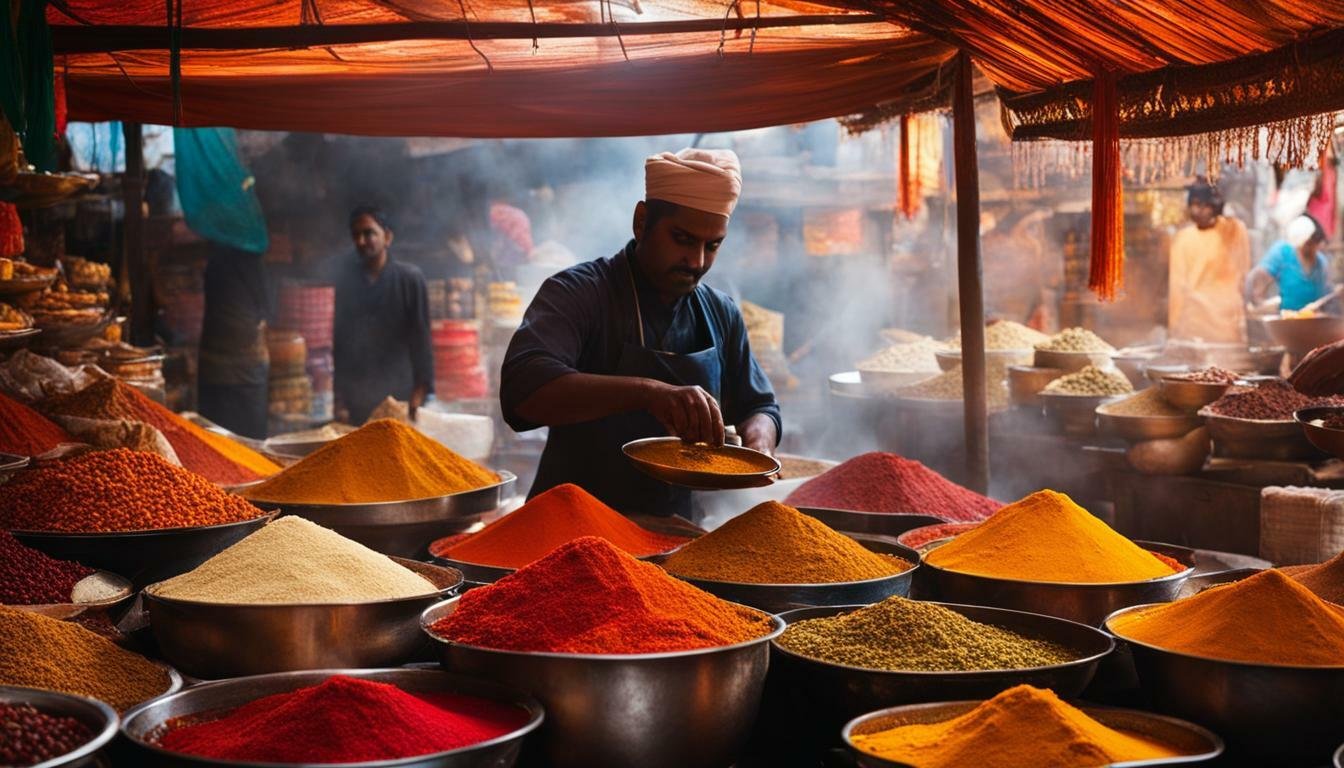Take Me to the Recipes
Forget the stereotype of fiery red curries and naan bread – Indian cuisine is a vibrant tapestry woven with regional flavors, ancient traditions, and culinary surprises. From the snow-capped Himalayas to sun-drenched beaches, each region boasts unique dishes that tell stories of history, culture, and the land itself.
Dive into an aromatic adventure beyond “just curry.” Discover hidden gems like fluffy dosas from the south, fiery vindaloos from Goa, and fragrant Kashmiri pulao seasoned with mountain herbs. Explore vegetarian feasts in Gujarat, seafood specialties in Kerala, and melt-in-your-mouth sweets across the nation.
Join us on a delicious journey across India, where taste buds dance to the rhythm of spices, traditions, and regional variations. Prepare to have your preconceptions shattered as we unveil the true depth and diversity of Indian cuisine – a feast for the senses and a journey through a rich cultural heritage.
Through this article, we will delve into the secrets behind the magic of Indian spices, explore traditional Indian dishes, learn Indian cooking techniques, and discover the richness and diversity of Indian vegetarian recipes, street food, curries, and regional flavors.
Take Me to the Recipes
Indian Cuisine – Key Takeaways:
- Indian cuisine is a tapestry of diverse regional flavors and culinary traditions.
- Indian cooking techniques play a significant role in creating the distinct flavors of Indian cuisine.
- Spices are the heart and soul of Indian cuisine.
- India has a rich tradition of vegetarian cooking, with an abundance of delicious plant-based options.
- Indian street food offers a range of mouthwatering snacks and treats.
Where is India?

India is surrounded by the Bay of Bengal in the east, the Arabian Sea in the west, and the Indian Ocean to the South. It shares borders with nine nations; two are sea borders, and the other seven are land borders. Afghanistan, Bangladesh, Bhutan, China, Maldives, Myanmar, Nepal, Pakistan, and Sri Lanka are India’s neighbors.

Index to the Contents
- Take Me to the Recipes
- Other Articles
- Interesting Facts About India
- India’s History and the Effect It Has Had on the Cuisine
- How India’s Landscape Shapes its Cuisine
- Exploring India’s Ingredients: The Flavors of India
- Unveiling the Diversity of Indian Cuisine
- The Vibrant World of Indian Street Food
- Mastering Indian Curry Recipes
- Celebrating Regional Indian Flavors
- Fusion Fare: Indian Inspired Global Cuisine
- Exploring Traditional Indian Cuisine
- Embracing Authentic Indian Cuisine
- Exploring Indian Cooking Techniques
- Using Indian Cuisine Cooking Techniques in Your Own Kitchen
- The Magic of Indian Spices
- Delightfully Vegetarian: Indian Vegetarian Recipes
- How Healthy is Indian Food?
- Indian Cuisine Recipes You Can Try at Home
- Conclusion
- FAQ’s
You may also be interested in the following articles
- North and South American Cuisine – A Culinary Expedition
- Europe Cuisine: Savor the Continent’s Best Culinary Secrets!
- African Cuisine: Discover the Bold Flavors & Global Charm!
- Asian Cuisine Unlock its Secrets – Taste, Health & Global Influence!
Savor iconic Indian Food – Click on each tantalizing picture to open up the Recipe
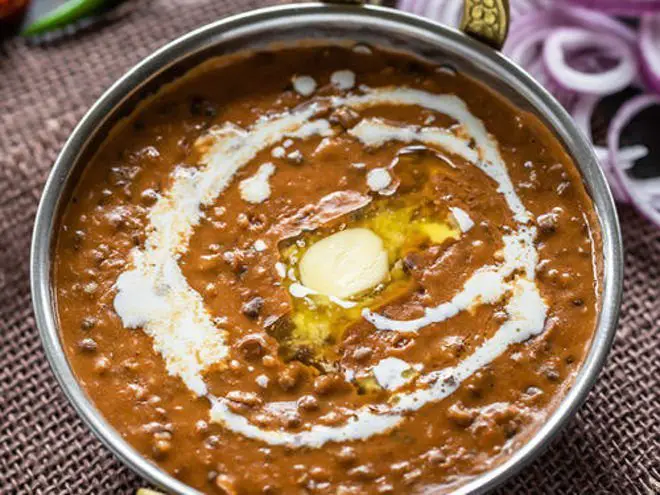
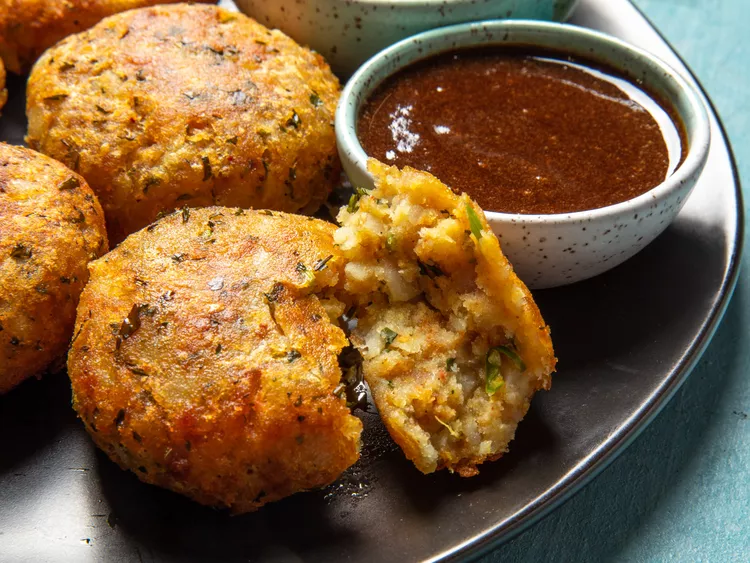
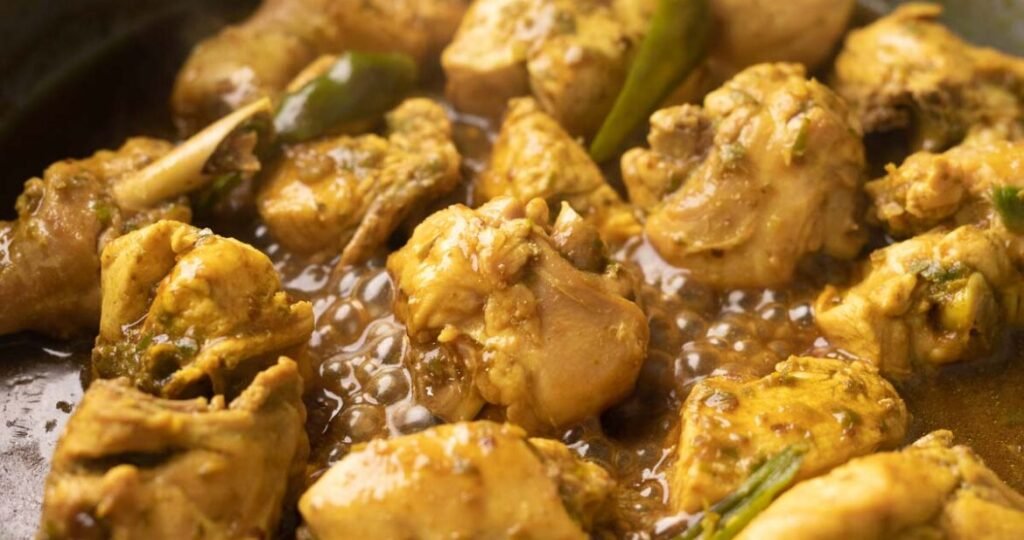
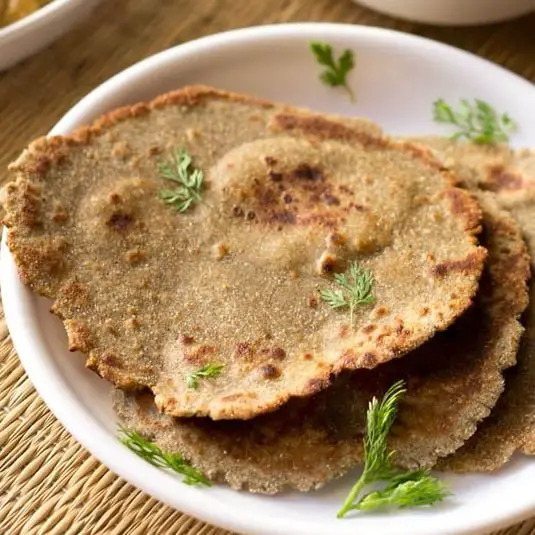
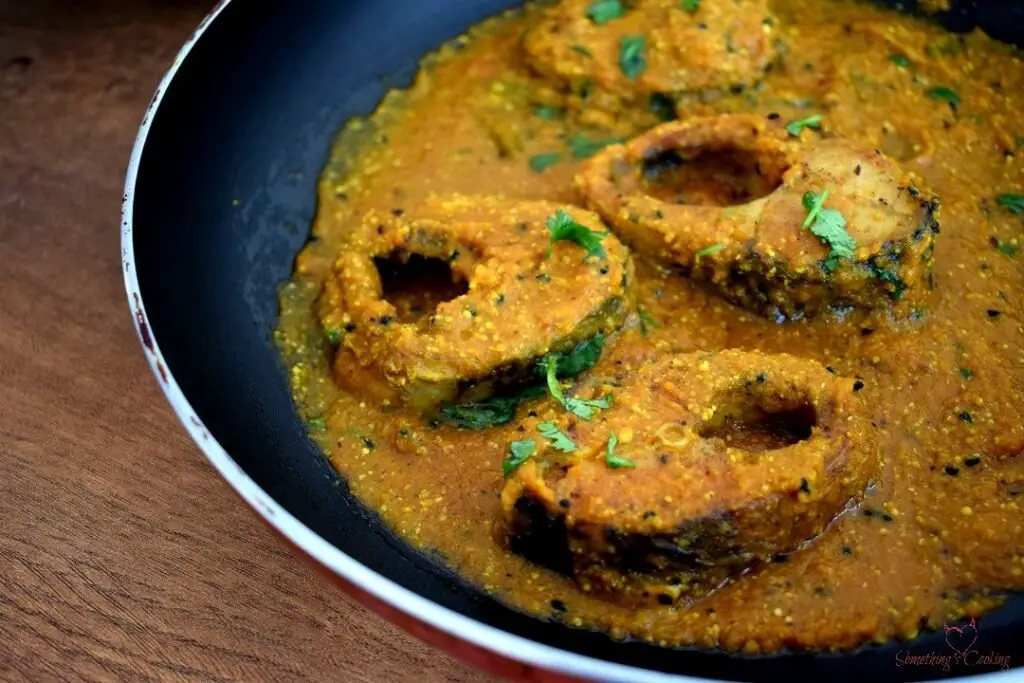
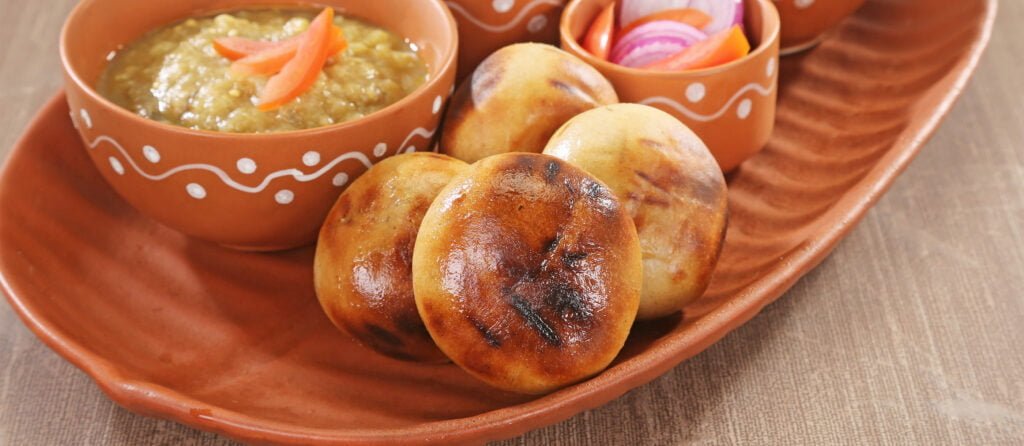
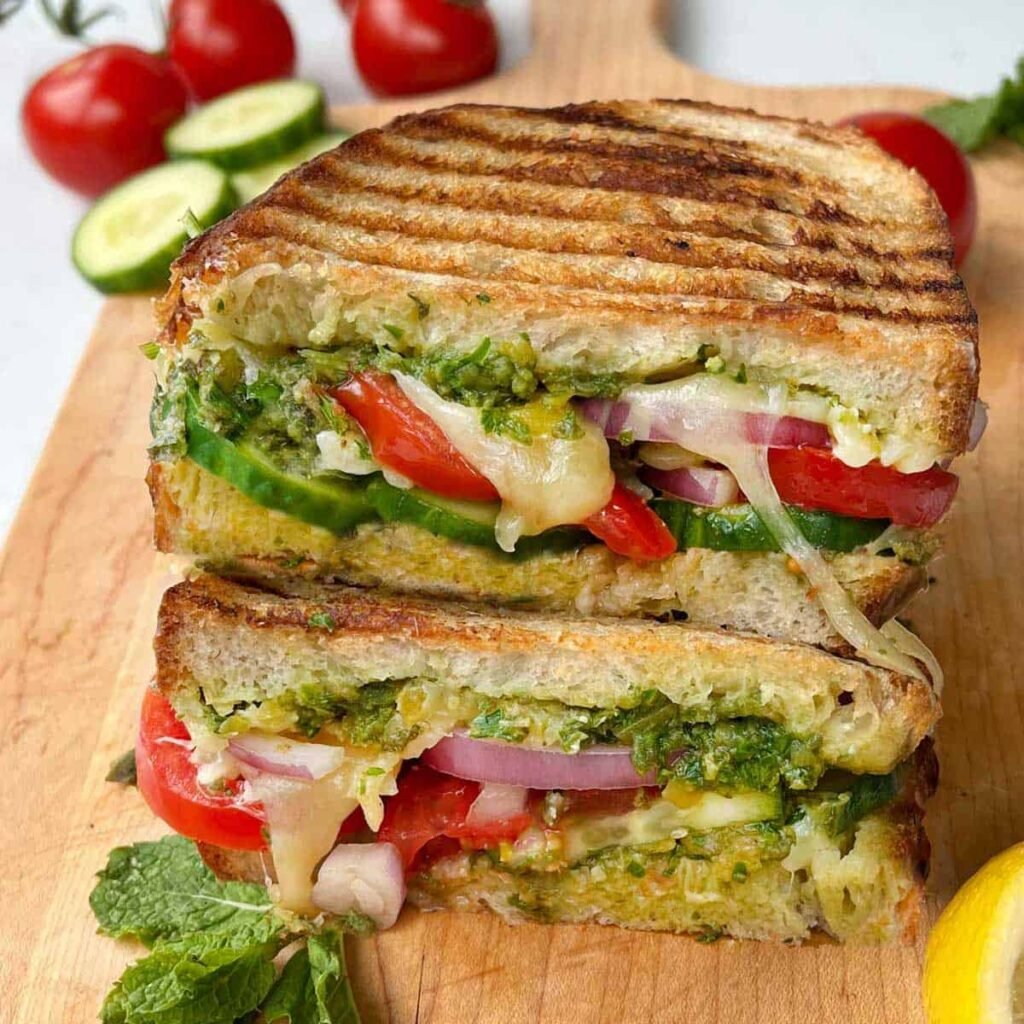

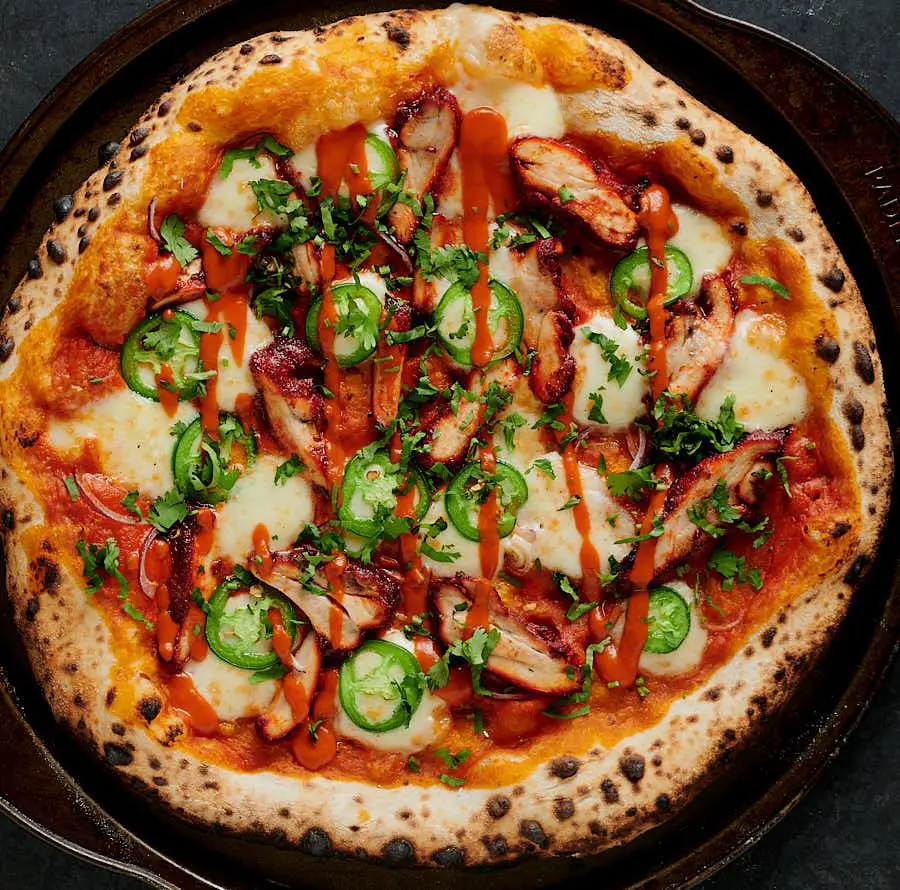


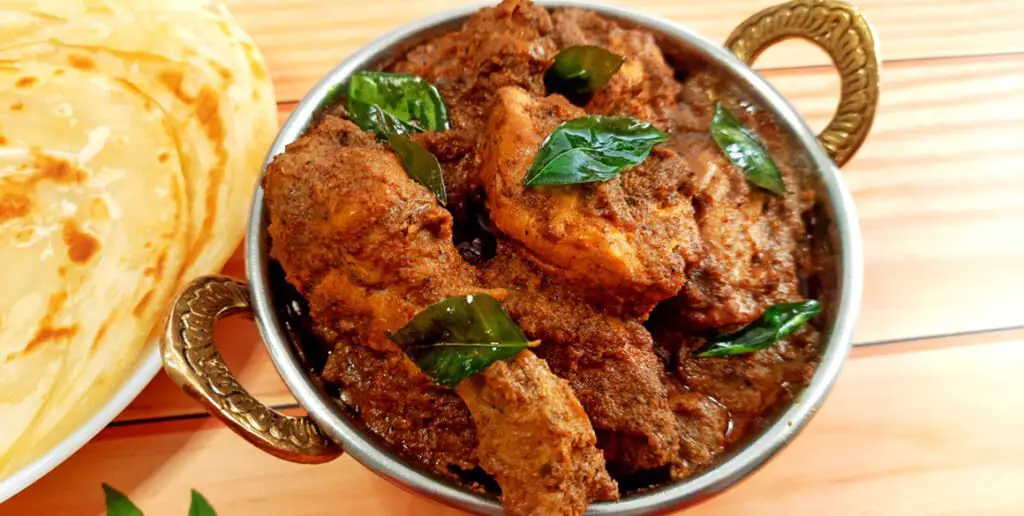

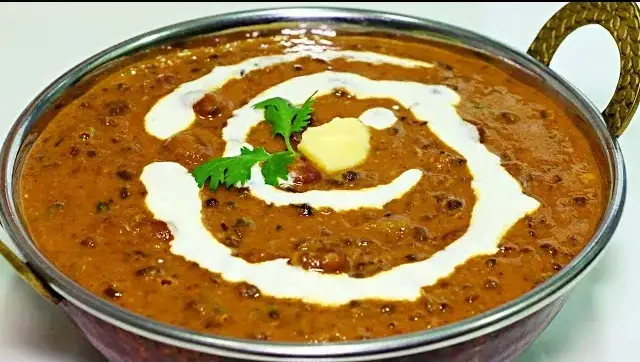
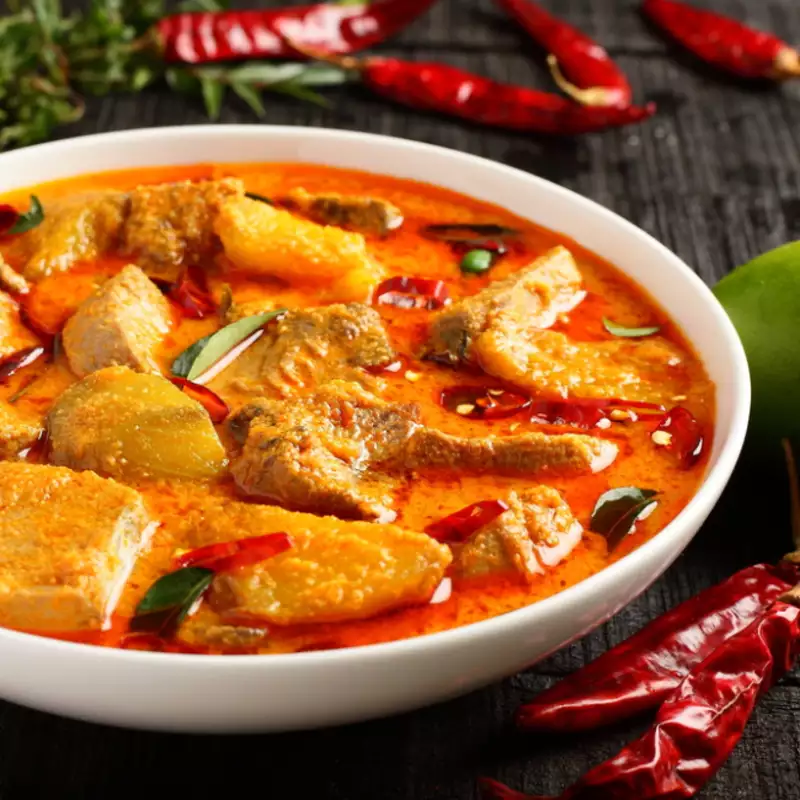
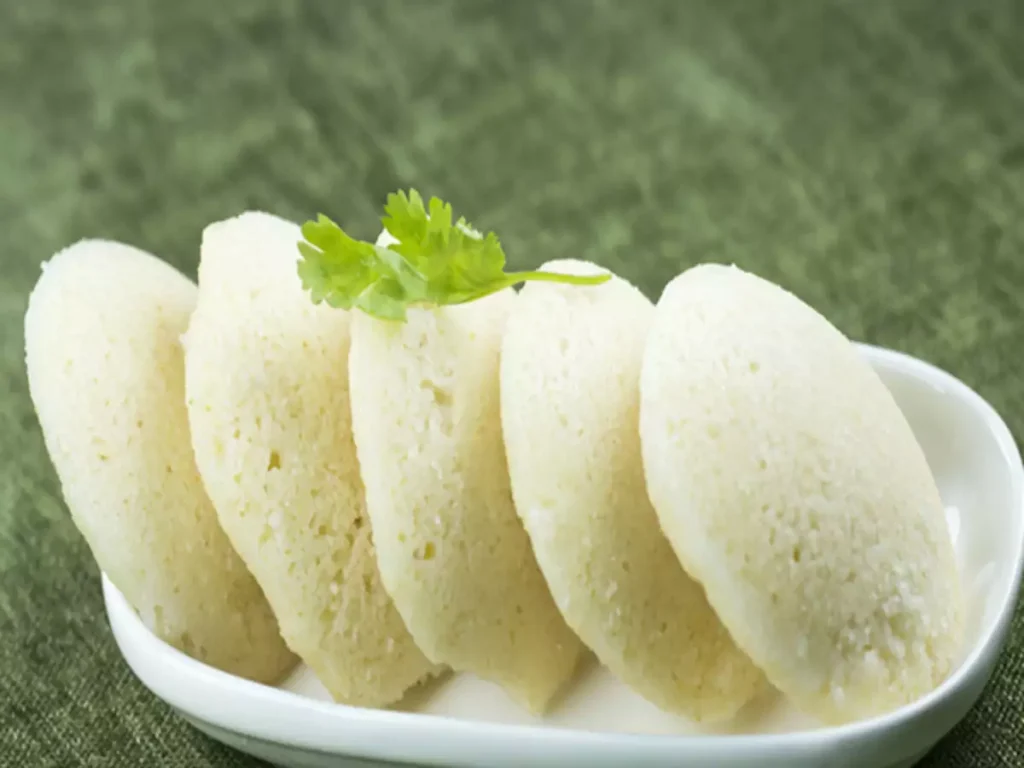
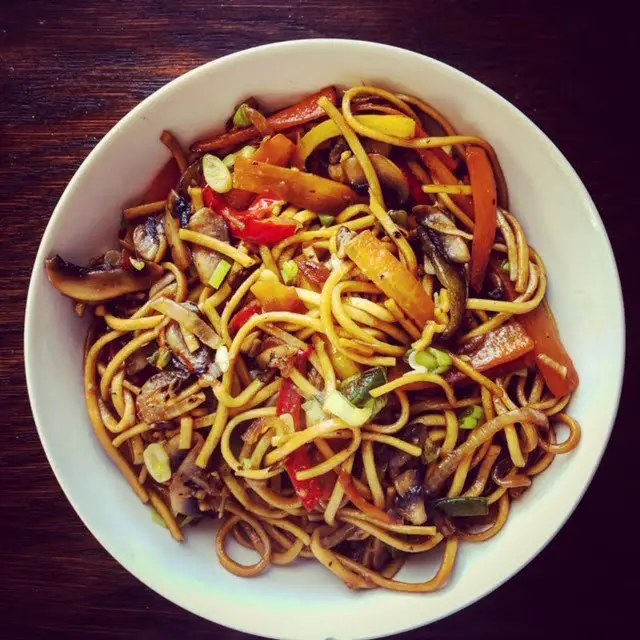
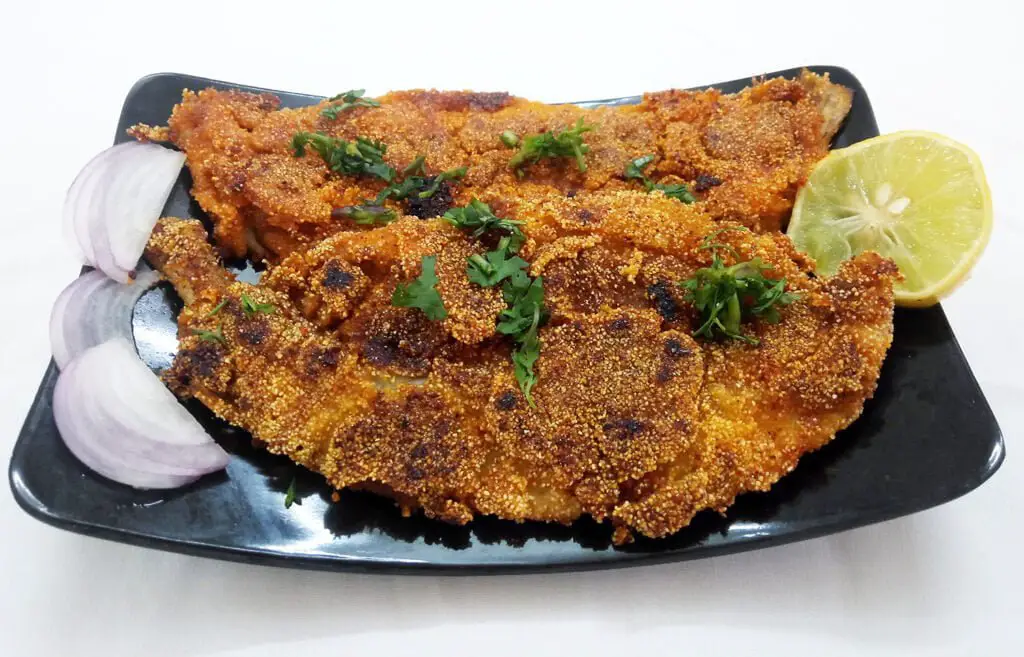

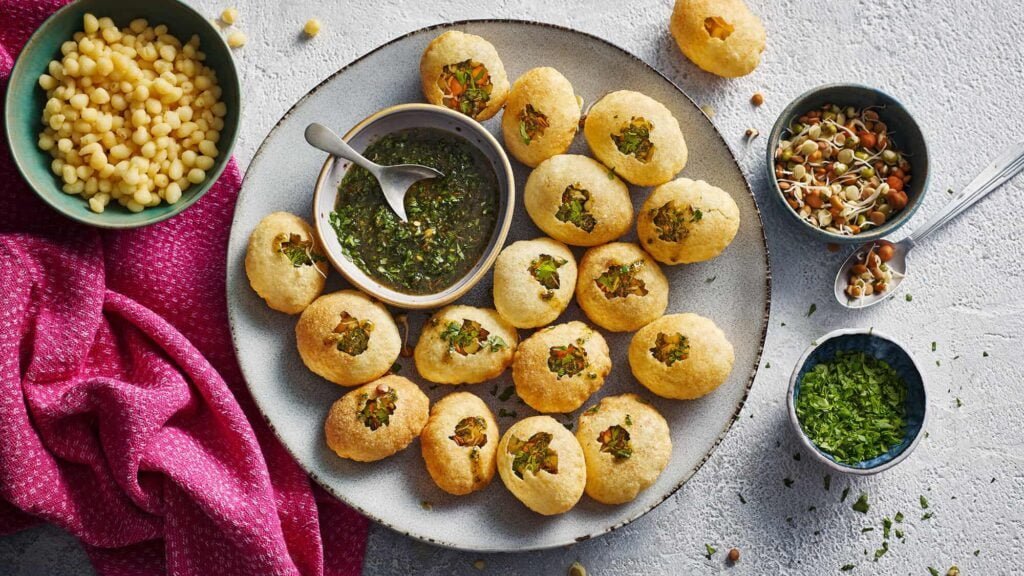

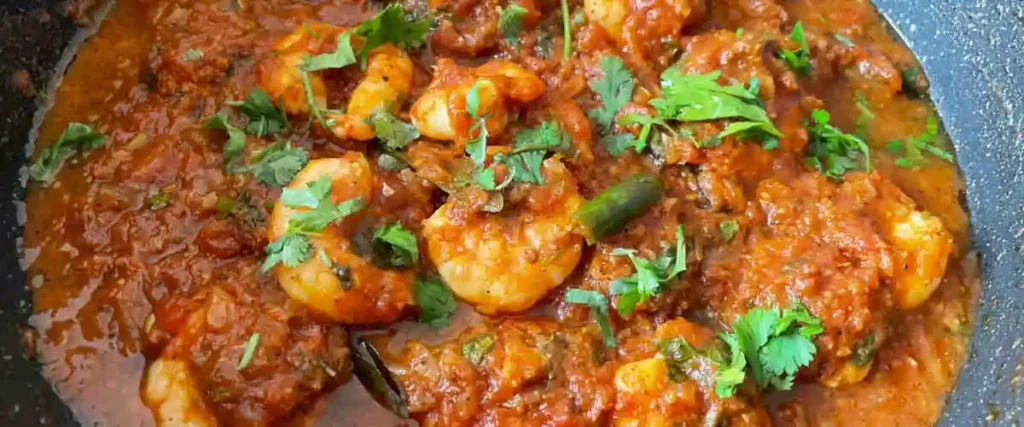
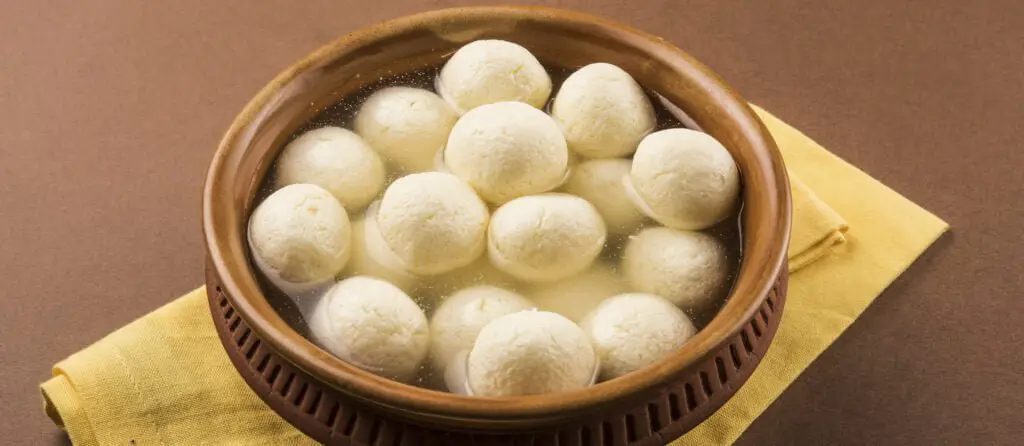

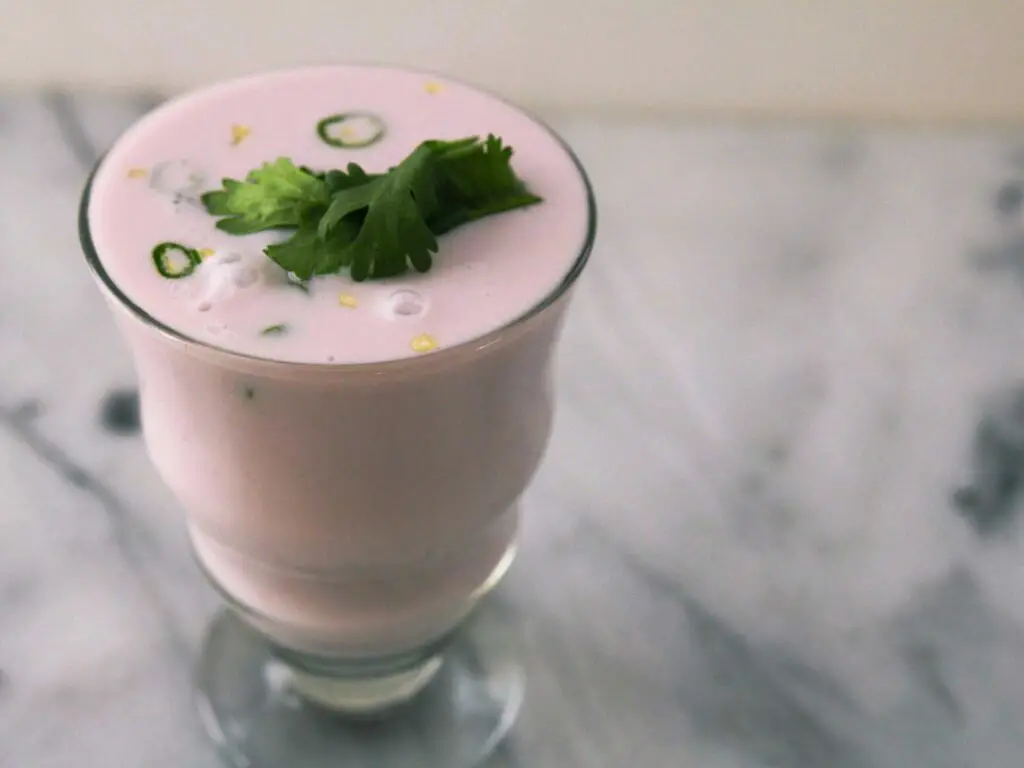
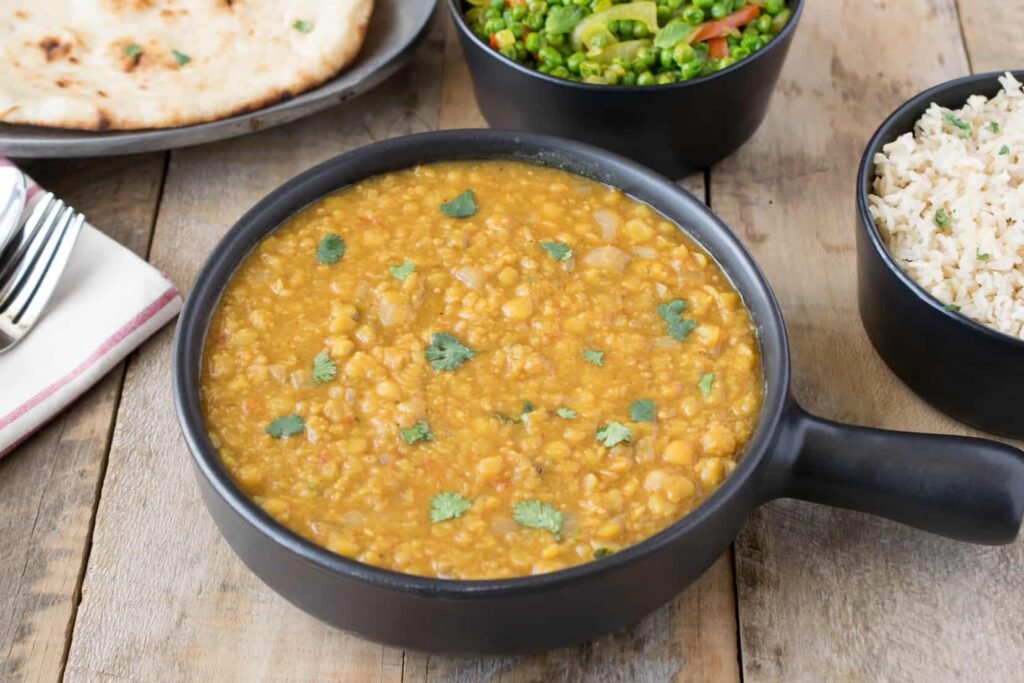
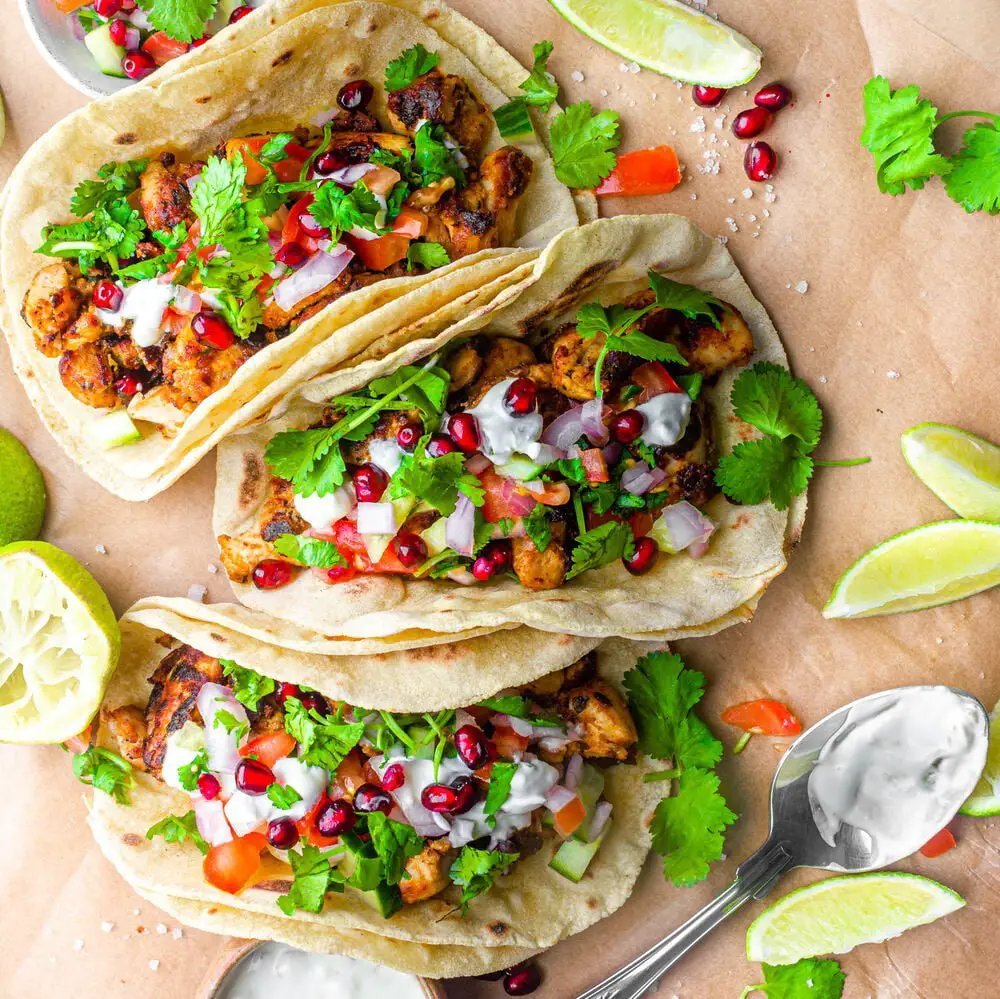
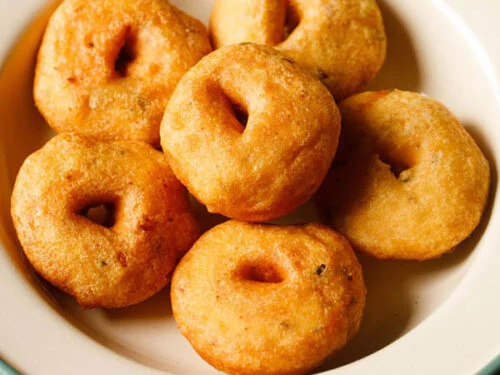
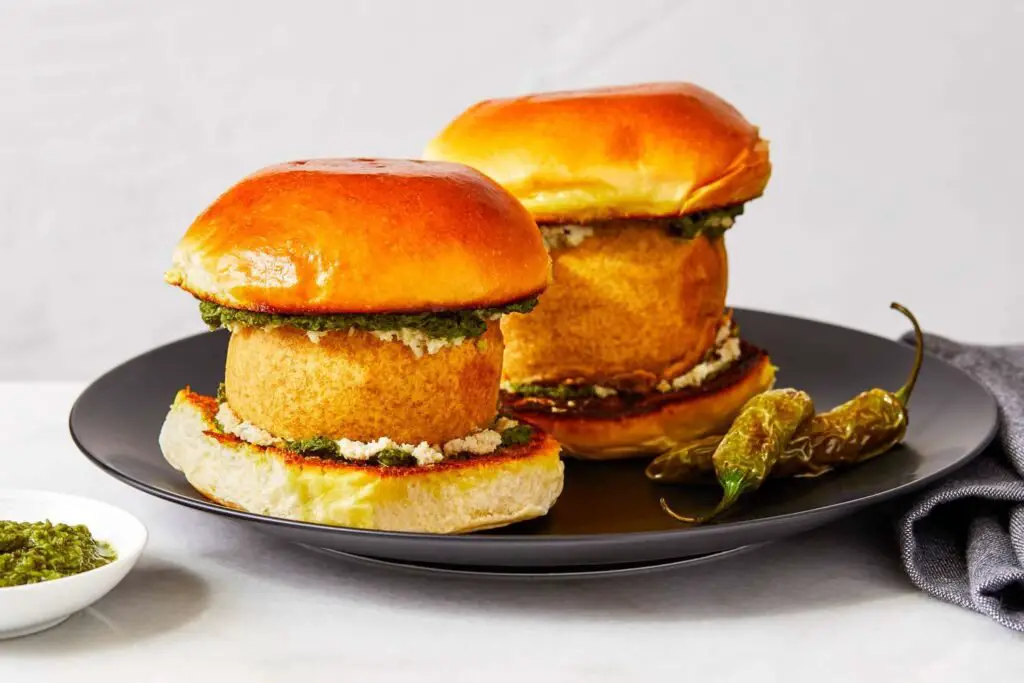

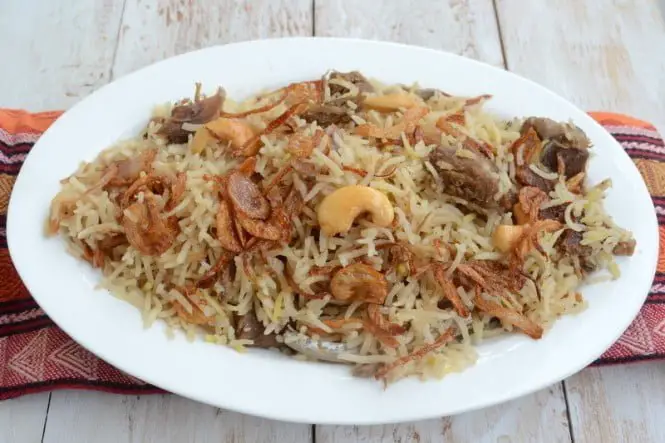
Interesting Facts About India

Diverse Languages
India is known for its linguistic diversity, boasting a whopping 22 officially recognized languages. Hindi is the most widely spoken, but numerous regional languages contribute to this linguistic tapestry.
Floating Post Office
The country has the world’s only floating post office, situated on Dal Lake in Srinagar, Kashmir. This unique postal service caters to the local population and tourists on traditional wooden boats.
Spice Capital
India is rightfully called the “Land of Spices.” It produces and exports a vast variety of spices, including cumin, cardamom, and pepper. The country’s spice trade has a rich history dating back thousands of years.
Living Root Bridges

In the northeastern state of Meghalaya, villagers have ingeniously grown living root bridges. By training the roots of the Ficus Elastica tree across rivers, they create natural, durable bridges that become stronger over time.
Kumbh Mela
The Kumbh Mela, a Hindu festival, is the world’s largest gathering of people. Held every 12 years, it attracts millions of pilgrims who come to bathe in the holy rivers to wash away their sins.
Cobra Charmers

Snake charming, though declining due to conservation efforts, is still practiced in some parts of India. Snake charmers use music and movement to captivate cobras, a tradition that dates back centuries.
Floating Islands of Loktak Lake
Loktak Lake in Manipur is famous for its unique phumdis, which are floating islands made of vegetation, soil, and organic matter. Some of these islands even host human settlements.
Magnetic Hill
Located near Leh in Ladakh, Magnetic Hill is known for its optical illusion that makes vehicles appear to defy gravity and roll uphill. In reality, it’s a gravity hill where the layout of the surroundings creates the illusion.
Rat Temple
Karni Mata Temple in Rajasthan is home to thousands of rats that are considered sacred. Devotees believe that spotting a white rat, considered rare, is particularly auspicious.
Election Extravaganza
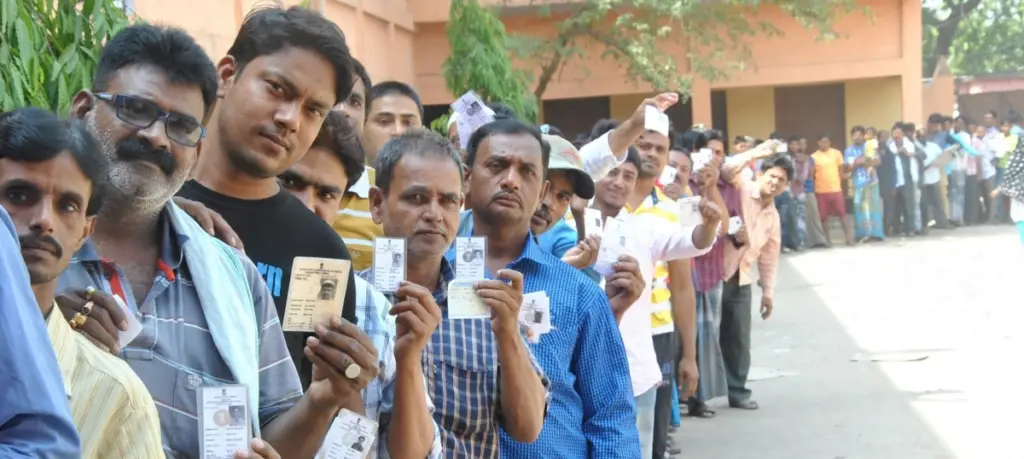
India’s elections are a massive undertaking, often called the world’s largest democratic exercise. With over 800 million eligible voters, elections can last for weeks, and the entire process is a sight to behold.
India’s History and the Effect It Has Had on the Cuisine

India’s vibrant cuisine, bursting with diverse flavors and regional variations, whispers tales of its rich history. Let’s embark on a delicious journey through time, exploring how each era left its distinctive mark on the food culture we experience today:
Ancient Flavors
- Harappan Civilization (3300-1300 BCE): Imagine digging into a plate of wheat, barley, rice, and pulses – just like the inhabitants of this early civilization! Archaeological evidence hints at these staples, fueling their lives.
- Vedic Period (1500-500 BCE): The Rigveda sings of barley, milk, ghee, and honey, while the Yajurveda highlights the rituals of cooking, emphasizing fire’s importance. Think early offerings and ceremonial feasts.
Medieval Mélange
- Gupta Empire (320-550 CE): Wheat, rice, and lentils became the stars of the show, while spices like black pepper, cardamom, and cinnamon started to add their magic touch.
- Islamic Invasions (7th century onwards): Kebabs, biryanis, and rich gravies arrived, brought by Persian and Central Asian influences. This era saw the dawn of Mughlai cuisine, a true flavor revolution.
- Delhi Sultanate (1206-1526): Persian, Turkish, and Indian styles intertwined, creating unique dishes like kebabs, qormas, and the ever-popular naan bread. A delicious cultural fusion!
- Mughal Empire (1526-1857): Mughlai cuisine reigned supreme, introducing us to biryanis, kebabs, kormas, and the exotic charm of saffron. This culinary legacy continues to tantalize taste buds across India.
Colonial Encounters
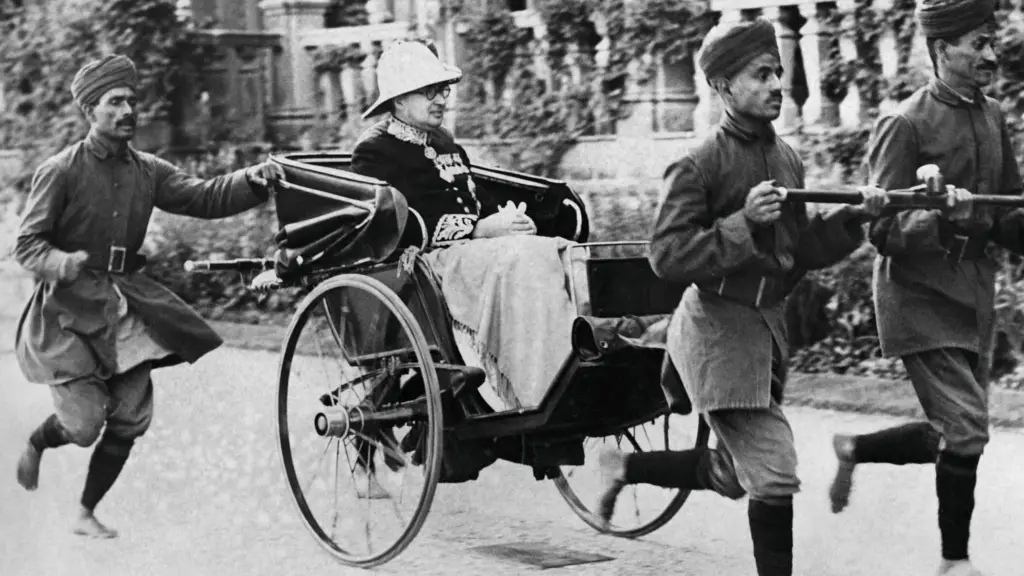
- British Raj (1858-1947): Tea, cakes, and desserts entered the scene thanks to the British. Western-style dining became fashionable in urban areas, while cash crop cultivation reshaped agricultural practices.
Post-Independence Evolution
- Partition (1947): Migration led to a delightful exchange of culinary traditions, with Punjabi flavors enriching Delhi’s food culture, for example. A beautiful culinary mosaic emerged.
- Globalization (1990s onwards): Fast food chains, international ingredients, and cooking styles became part of the urban landscape, blending seamlessly with traditional flavors. A fusion fiesta!
A Regional Feast
- North India: Rich gravies, tandoori delights, and a love for dairy products define this region. Think butter chicken and naan!
- South India: Rice takes center stage, accompanied by coconut and a symphony of spices. Dosa and idli are just the beginning of this flavorful journey.
- East India: Fish and rice reign supreme, with Bengali, Odia, and Assamese influences painting the canvas of taste. Dive into fragrant curries and seafood specialties.
- West India: A delightful mix from Gujarat, Maharashtra, and Rajasthan awaits. Think Gujarati thalis, Maharashtrian vada pav, and Rajasthani dal bati churma – a true celebration of diversity.
India’s culinary landscape is a living testament to its remarkable history, each era adding its unique brushstrokes to the masterpiece we savor today. So, explore, experiment, and let your taste buds embark on a delicious journey through time and spice!
References
How India’s Landscape and Climate Shapes its Cuisine

India, a vibrant tapestry of cultures and flavors, isn’t just geographically diverse; its cuisine reflects this diversity deeply. From the snow-capped Himalayas to the sun-drenched beaches, each region’s unique landscape and climate play a significant role in shaping its distinct culinary identity.
Let’s embark on a delicious journey through India, exploring how geography and weather influence its food culture:
Northern Delights

- Mountain Bounty: The Himalayan foothills offer fertile valleys teeming with apples, apricots, and herbs, influencing dishes like Kashmiri pulao and yakhni pulao.
- Wheat & Dairy Kingdom: The vast fertile plains of Punjab and Haryana nurture wheat and pulses, forming the base of hearty vegetarian and meat dishes like dal makhani and butter chicken.
Southern Spice

- Coastal Flavors: The Arabian Sea and Bay of Bengal provide an abundance of seafood, evident in Kerala’s fish curries and prawn Chettinad. Coconut trees thrive in the coastal regions, adding a unique creamy texture and flavor to dishes.
- Rice Reigns Supreme: Abundant rainfall and fertile land make rice the staple food of South India. Dosa, idli, and vada are just a few examples of the countless rice-based dishes enjoyed here.
Eastern Embrace

- The Mighty Ganga: The Ganges River and its fertile delta lands nourish Bengal, Odisha, and Assam, providing rice, vegetables, and freshwater fish. Delicate Bengali sweets like rasgullas and robust Assamese dishes like masor tenga reflect this diverse bounty.
Western Wonderland
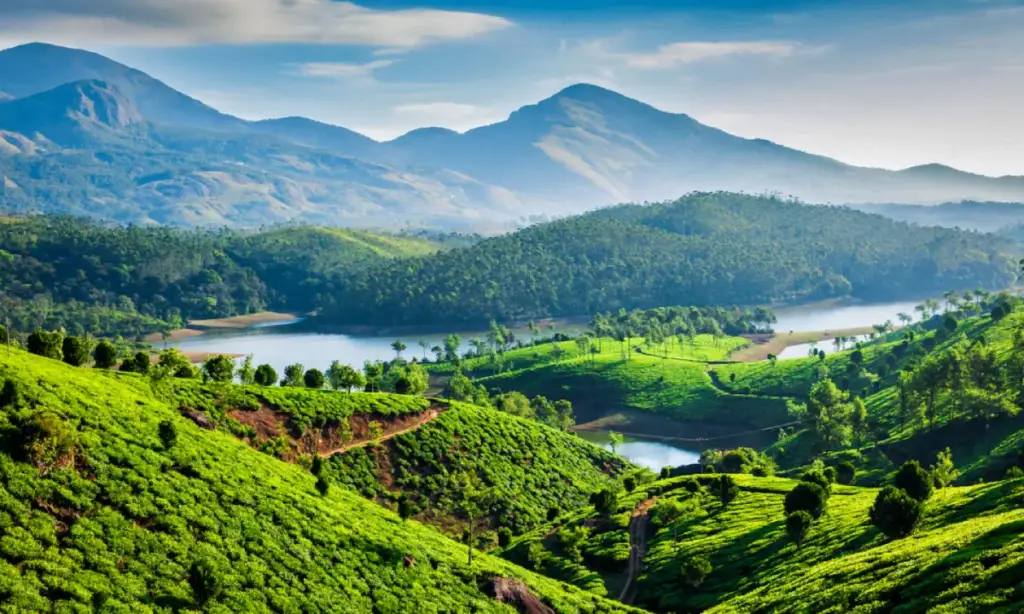
- Desert Delights: The arid regions of Rajasthan and Gujarat rely on drought-resistant crops like millets and lentils. Spiced dals, bajra rotis, and the iconic Gujarati thali showcase the adaptation to this unique climate. )
- Coastal Symphony: Maharashtra’s Konkan coast boasts fresh seafood, coconut, and vibrant spices, reflected in dishes like Solkadi and Malvani curries.
Beyond the Plate
- Climate and Cooking: Traditional cooking methods like tandoor grilling in the north and slow cooking in the south are adapted to regional climates.
- Seasonal Symphony: Ingredients change with the seasons, ensuring fresh, local produce forms the base of regional dishes.
India’s diverse landscape and climate are not just backdrops; they are active participants in shaping its culinary narrative. Each region tells a unique story through its flavors, aromas, and cooking techniques, inviting us on a delicious journey of discovery.
So, the next time you savor an Indian dish, remember the land and climate that nurtured its ingredients and influenced its creation. Bon appétit!
Exploring India’s Ingredients: The Flavors of India
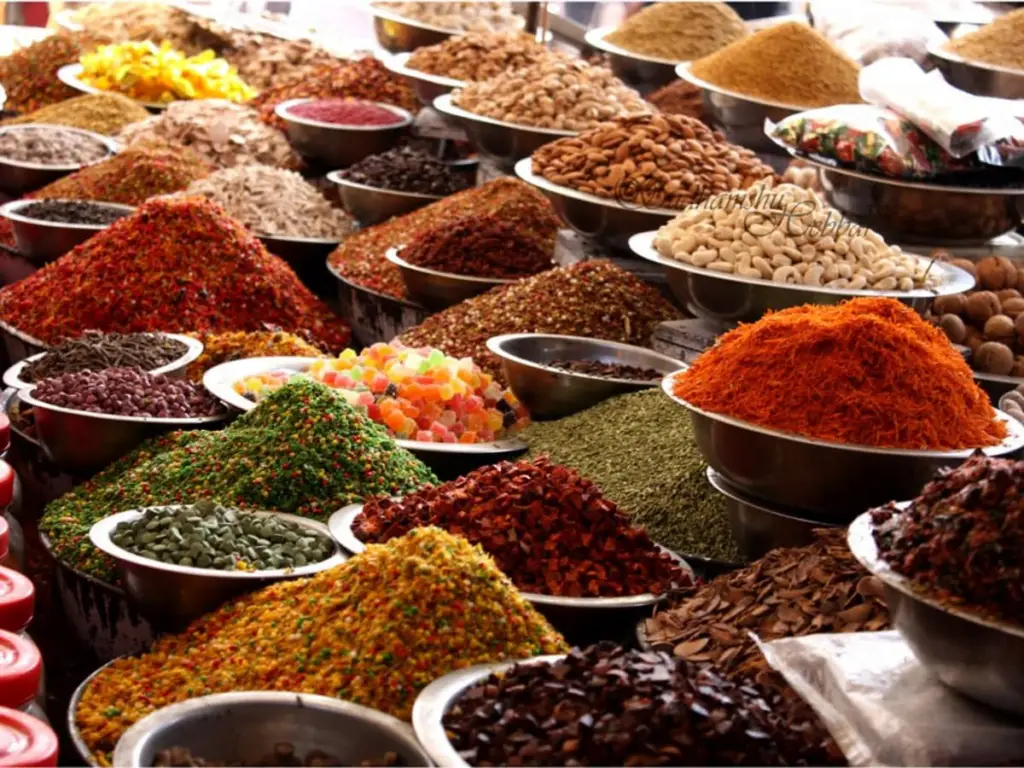
The flavors of India are as diverse as its geography, climate, and culture, with each region offering its unique ingredients and dishes. The fertile plains of the Ganges provide an abundance of grains, while the coastal areas offer a rich variety of seafood. The tropical south is lush with coconut, rice, and spices, whereas the north is known for its dairy, wheat, and robust spices.
Key ingredients that define Indian cuisine include:
- Spices: Turmeric, saffron, cumin, coriander, cardamom, and mustard seeds are essential in creating the complex flavor profiles India is known for.
- Grains: Rice and wheat are the two pillars of Indian meals, served as fluffy rice or various breads like naan and roti.
- Legumes: Lentils, chickpeas, and beans are crucial for protein, especially in vegetarian diets.
- Vegetables and Fruits: A wide variety, from leafy greens to tropical fruits, are used extensively.
- Dairy: Milk, yogurt, and paneer (a type of cheese) are central to many Indian dishes.
- Herbs: Fresh coriander, mint, and fenugreek leaves add freshness and aroma.
- Oils and Ghee: Different regions use different cooking fats, from mustard oil in the east to coconut oil in the south and ghee (clarified butter) across the country.
These ingredients are masterfully combined using a variety of techniques to create dishes that are deeply flavorful, aromatic, and visually appealing, making Indian cuisine one of the most celebrated globally.
Unveiling the Diversity of Indian Cuisine

I take great pride in the rich culinary heritage that the country has to offer. Indian cuisine is a mosaic of diverse regional flavors and traditional cooking methods.
Each region of India has its own unique style of cooking, resulting in a tapestry of authentic Indian food that is truly diverse and tantalizing to the taste buds.
From the creamy and buttery dishes of the North, such as butter chicken and naan, to the spicy and tangy specialties of the South, such as dosas and sambar, the flavors of India are as varied as the country’s geography.
The Vibrant World of Indian Street Food

Indian street food is a diverse and delicious cuisine that reflects the culture and history of the country. It consists of various snacks, chaats, and dishes that are sold by street vendors or hawkers in different regions of India. Some of the most popular Indian street foods are:
Bhel Puri
A savory puffed rice salad with grated vegetables, spices, and sauces. It originated on the beaches of Mumbai and is now enjoyed all over India.
Aloo Tikki
A crispy potato patty stuffed with peas, chickpeas, cheese, or other fillings. It is often served with chutneys, yogurt, or curries. It is a common snack in North India.
Vada Pav
A spicy potato fritter sandwiched between bread buns. It is also known as the Mumbai burger and is a popular street food in Maharashtra.
Thatte Idli
A large and flat steamed rice cake that is soft and fluffy. It is a specialty of Karnataka and is usually eaten with sambar or chutney.
Bombay Sandwich
A grilled sandwich with sliced vegetables, cheese, butter, and green chutney. It is a simple and satisfying snack that can be found in Mumbai and other cities.
Litti Chokha
A baked wheat ball stuffed with spiced gram flour and served with roasted eggplant or potato mash. It is a traditional dish of Bihar and Jharkhand.
Chole Bhature
A spicy chickpea curry with fried bread. It is a popular breakfast or brunch dish in Punjab and Delhi.
Paddu/Kuzhi Paniyaram
A round and fluffy dumpling made from fermented rice and black gram batter. It is cooked in a special pan with holes and can be sweet or savory. It is a delicacy of Tamil Nadu and Kerala.
These are just some of the many Indian street foods that you can try. Each one has its own unique flavor, texture, and history. They are perfect for any occasion, whether you want a quick bite, a hearty meal, or a sweet treat. 😋
References
The Diversity of Flavors
From the spicy and tangy “,” Indian street food is sure to delight your taste buds. One of my personal favorites is “pani puri,” a small, hollow puri filled with tangy tamarind chutney, spiced mashed potatoes, and a sweet and sour water, all eaten in one bite. It’s a burst of flavors and textures that is simply unforgettable.
Another popular street food item is “pav bhaji,” a dish originating from Mumbai that consists of a thick vegetable curry (bhaji) served with a soft bread roll (pav). The curry is made with a blend of spices and mashed vegetables, including potatoes, peas, and tomatoes, and is topped with a dollop of butter. It’s a comfort food that will warm your soul on those chilly winter evenings.
One cannot talk about Indian street food without mentioning the beloved “masala dosa.” This South Indian staple is a crispy crepe-like pancake made from fermented rice and lentil batter, filled with potato curry and served with a variety of chutneys and sambar. The combination of the crispy dosa, spicy potato filling, and tangy chutneys is a flavor explosion in every bite.
Indian street food is not just about taste, but also about the experience. It’s a great way to immerse yourself in the local culture and see the city from a different perspective. So the next time you find yourself in India, take a stroll through the vibrant streets and indulge in the diverse and delicious world of Indian street food.
Mastering Indian Curry Recipes

Curry is a dish with origins in India, but it has become a popular choice around the world. There are numerous types of curries, each with different flavors and cooking styles. Whether you prefer a rich, creamy curry or a spicy and tangy one, there is an Indian curry recipe to suit your taste.
One of the secrets to a great Indian curry is the spice blend. Different curries use different spice combinations to achieve the desired flavor. For example, a basic spice blend for a curry may include coriander, cumin, turmeric, and chili powder. However, other ingredients such as mustard seeds, fenugreek, and fennel seeds may also be used for more complex flavors.
Always Properly Cook the Spices
The key to getting the most flavor from your ingredients is to properly cook your spices. In Indian cuisine, tempering is a common technique that involves heating whole spices in hot oil or ghee to release their flavors. This technique is particularly important for curry recipes, as it can make a big difference in the depth and complexity of the spices used.
Another important aspect of a great Indian curry is the choice of meat or vegetables. Beef, chicken, lamb, and fish are all popular options, but vegan and vegetarian curries are also delicious and flavorful. Lentils, chickpeas, potatoes, and vegetables like cauliflower and eggplant all make great curry ingredients.
When it comes to cooking the curry, the method depends on the type of curry you are making. Some curries require slow cooking, while others can be made quickly on the stovetop. However, most Indian curries involve simmering the meat or vegetables in a gravy made with a blend of spices and other ingredients like tomatoes, onions, and coconut milk.
Basic Curry Recipe
Here is a basic recipe for chicken curry:
| Ingredients | Instructions |
|---|---|
| 1 lb chicken, cut into pieces | Heat oil in a large pan and temper spices. |
| 1 onion, chopped | Add onions and cook until caramelized. |
| 2 cloves garlic, minced | Add garlic and cook for 1 minute. |
| 1 tbsp ginger, grated | Add ginger and cook for 1 minute. |
| 1 tbsp curry powder | Add curry powder and cook for 2 minutes. |
| 1 can diced tomatoes | Add tomatoes and bring to a simmer. |
| 1 cup chicken broth | Add chicken and chicken broth and simmer for 20 minutes, or until chicken is cooked through. |
| 1/2 cup coconut milk | Stir in coconut milk and serve hot with rice or naan. |
This recipe is just a starting point. Use it as a guide to create your own unique Indian curry recipes. Experiment with different spice blends, vegetables, and meats to find the perfect flavor combination for your tastes. With a little practice, you’ll be mastering Indian curry recipes in no time.
Celebrating Regional Indian Flavors

India’s culinary landscape is as diverse as its geography, with each region boasting its own unique flavors and specialties. From the fiery curries of the South to the creamy kormas of the North, traditional Indian dishes are a celebration of local ingredients and cooking techniques.
North Indian Cuisine
North Indian cuisine is known for its rich, creamy gravies made with dairy products like ghee, cream, and paneer. Signature dishes like butter chicken, chicken tikka masala, and kadhai paneer are a must-try for anyone exploring Indian cuisine. Bread-lovers will delight in the various types of rotis, naans, and parathas, each with their own distinct flavor and texture.
South Indian Cuisine
South Indian cuisine is characterized by its use of rice, lentils, and spices. The region’s specialty dishes, like dosas, idlis, and vadas, are made from fermented rice and lentil batter and served with a variety of chutneys and sambar.
The cuisine is also known for its fiery spice levels, with dishes like Andhra-style chili chicken or Chettinad chicken curry packing a punch.
East Indian Cuisine
East Indian cuisine draws influence from neighboring countries like Bangladesh and Myanmar, as well as regional specialties like Bengali fish curries and Bihari litti chokha.
Must-try dishes include the iconic sweets of Bengal, like rasgulla and sandesh, and the flavorful fish dishes of Assam and West Bengal.
Western Indian Cuisine
Western Indian cuisine is famous for its seafood dishes like Goan fish curry and Maharashtrian bombil fry. The region’s spicy, coconut-based gravies and chutneys are unique and delicious, while popular street food snacks like Bombay chaat and vada pav are a must-try for anyone visiting Mumbai.
Exploring regional Indian cuisine is a journey through time and tradition, each dish offering a glimpse into the history and culture of the region it represents. Whether you’re a spice-lover or prefer milder flavors, traditional Indian dishes have something for everyone to savor and enjoy.
Fusion Fare: Indian-Inspired Global Cuisine
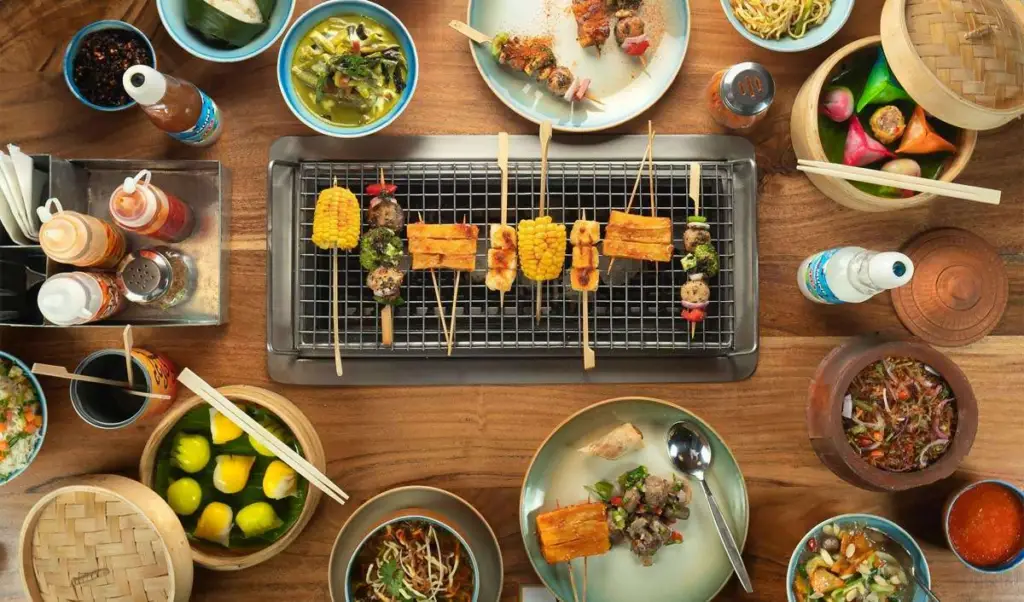
Indian cuisine has a rich history of fusion with global flavors, resulting in mouthwatering creations that blend tradition with innovation. From butter chicken pizza to tikka tacos and Indo-Chinese noodles, these Indian-inspired global dishes represent a fusion of cultures and culinary traditions.
The blending of Indian cuisine with global flavors has resulted in some truly inspired creations. One example is Indo-Chinese cuisine, which combines Indian spices with Chinese cooking techniques to create dishes like spicy noodles and veggie Manchurian.
Another example is butter chicken pizza, which originated in India and has now become a popular dish in countries like Canada and the United States. The pizza is topped with succulent pieces of marinated chicken, a rich tomato-based sauce, and gooey mozzarella cheese.
In the same vein, tikka tacos combine the flavors of India with the convenience of Mexican street food. These tacos are filled with succulent chicken tikka, topped with fresh veggies, and drizzled with tangy yogurt sauce.
These fusion creations demonstrate the versatility of Indian cuisine and highlight the flavors and techniques that have made it a global phenomenon. Whether enjoyed in a traditional Indian restaurant or as part of a modern fusion creation, Indian cuisine and traditional Indian dishes will always be a feast for the senses.
Exploring Traditional Indian Cuisine

Some of the most popular traditional Indian dishes include biryani, a fragrant rice dish that can be cooked with different spices and meats depending on the region; dal, a lentil soup that is a staple of Indian cuisine; and tandoori chicken, a spicy and flavorful chicken dish that is marinated in yogurt and cooked in a clay oven.
When it comes to Indian curries, the options are endless. Each region has its own distinct variation, such as the creamy and spicy butter chicken of the North or the coconut-based seafood curries of the South. By trying different traditional Indian dishes, you can get a taste of the cultural diversity and culinary traditions that make Indian cuisine so unique.
Embracing Authentic Indian Cuisine

When it comes to Indian food, authenticity is key. To truly experience the flavors of India, it’s important to use traditional ingredients and cooking methods. For example, many Indian dishes use a spice mixture called garam masala, which can be made by toasting and grinding a variety of whole spices.
To achieve the authentic taste of Indian cuisine, it’s also important to cook with a variety of oils and fats, such as ghee (clarified butter) and mustard oil, which are commonly used in Indian cooking.
By embracing the authentic flavors and traditions of Indian cuisine, you can embark on a culinary journey that is as unique as it is delicious.
Exploring Indian Cooking Techniques
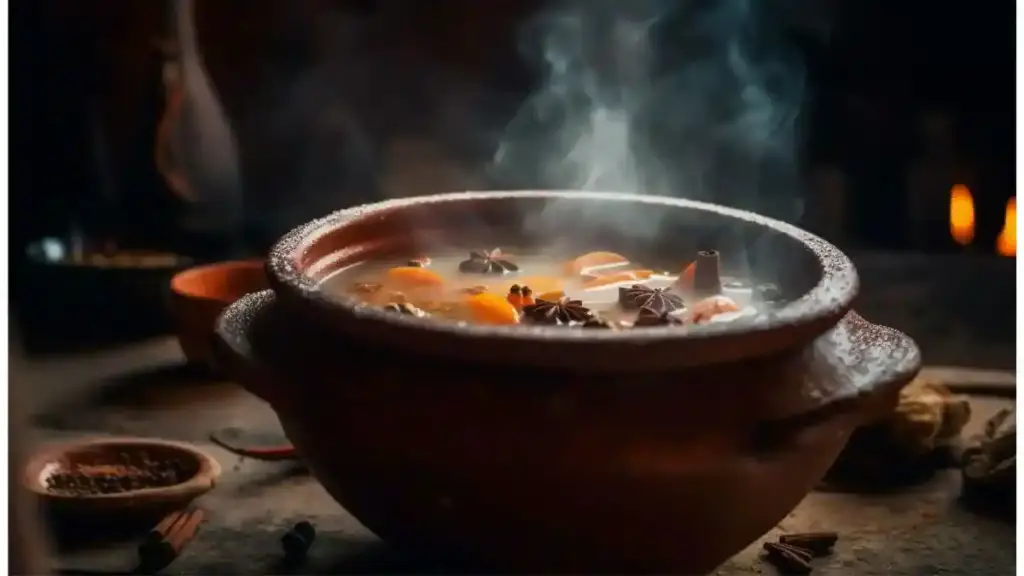
Indian cuisine is renowned for its unique flavors and aromas, which are achieved through a variety of cooking techniques. These techniques have been developed and refined over centuries, resulting in a culinary tradition that is rich in flavor and complexity.
One of the most important Indian cooking techniques is tempering. This involves heating oil or ghee in a pan and adding a combination of whole and ground spices, such as cumin, coriander, and mustard seeds. The spices are cooked until fragrant, and then used to flavor dishes like dal and vegetable curries.
Another popular Indian cooking technique is slow cooking. This involves cooking ingredients over a low flame for an extended period of time, allowing the flavors to meld together and intensify. Slow-cooked dishes like biryanis and stews are a hallmark of Indian cuisine.
Indian cooking also relies heavily on the use of marinades and spice blends. Marinades are used to infuse meats, seafood, and vegetables with flavor before cooking, while spice blends like garam masala and chaat masala are used to add depth and complexity to dishes.
Using Indian Cuisine Cooking Techniques in Your Own Kitchen

While Indian cooking techniques may seem intimidating at first, they are actually quite easy to master with a little practice. To start, try incorporating tempering into your cooking by adding whole spices to hot oil before sautéing vegetables or cooking rice.
You can also experiment with slow cooking by preparing dishes like chana masala or vegetable korma in a slow cooker or on the stovetop. The longer cooking time will allow the flavors to meld together, resulting in a rich and satisfying dish.
Finally, try incorporating Indian spice blends like curry powder, garam masala, and chaat masala into your cooking. These blends can be used to add flavor to a variety of dishes, from roasted vegetables to grilled meats.
By embracing Indian cooking techniques and incorporating them into your own cooking, you can add a new level of depth and complexity to your dishes. Whether you’re a seasoned home cook or just starting out, there’s no better time to explore the vibrant world of Indian cuisine.
The Magic of Indian Spices

Spices are the heart and soul of Indian cuisine. They add depth, warmth, and complexity to dishes, creating a symphony of flavors in every bite. In India, spices are treasured for their medicinal properties as well as their culinary uses, and many have been used for centuries in Ayurvedic medicine to treat various ailments.
Let’s explore some of the most popular Indian spices and their unique characteristics:
| Spice | Characteristics | USES |
|---|---|---|
| Turmeric | Earthy, bitter, and slightly pungent | Curries, rice dishes, soups, and stews |
| Cumin | Warm, nutty, and earthy | Curries, soups, stews, and spice blends |
| Coriander | Light, fresh, and slightly citrusy | Curries, chutneys, and spice blends |
| Cardamom | Sweet, floral, and slightly citrusy | Chai tea, desserts, and spice blends |
| Cinnamon | Sweet, woody, and warm | Curries, rice dishes, desserts, and chai tea |
| Mustard Seeds | Earthy, pungent, and slightly bitter | Curries, pickles, and spice blends |
Combining these spices in different ways can create endless possibilities of flavor. For example, garam masala is a popular spice blend that includes cinnamon, cardamom, coriander, cumin, and black pepper, among other spices. It’s often used in meat dishes and lends a warm, earthy flavor to the dish.
Indian spices have numerous health benefits as well. Turmeric, for instance, has anti-inflammatory properties and is believed to improve brain function and lower the risk of heart disease. Cumin also has antioxidant properties and may help improve digestion and lower cholesterol levels.
By embracing Indian spices, we can bring new dimensions of flavor and health benefits to our cooking. Don’t be afraid to experiment with different spices and spice blends in your dishes, and savor the magic of Indian cuisine.
Delightfully Vegetarian: Indian Vegetarian Recipes

Being a vegetarian enthusiast, Indian cuisine has always been my go-to for delectable plant-based dishes. Indian cuisine offers a vast repertoire of vegetarian recipes, perfect for vegetarians and meat-eaters alike. From home-style cooking to restaurant-style indulgence, the possibilities are endless.
Some of my favorites include the hearty chana masala, a north Indian dish made with chickpeas in a tomato-based gravy, and the fragrant vegetable biryani, a rice dish cooked with an array of aromatic spices and vegetables. For a quick snack, I turn to crispy aloo tikki, a mouth-watering potato croquette fried to perfection.
One of the things I love about Indian vegetarian recipes is their versatility. They can be served as a main course or a side dish, enjoyed for breakfast, lunch, or dinner. Indian cuisine provides endless options to explore.
But, where to start? My advice would be to begin with popular dishes like dal makhani, a lentil curry made creamy with butter and cream, or the south Indian favorite dosa, a thin crispy crepe served with a variety of fillings and chutneys.
How Healthy is Indian Food?

Indian food is a diverse and delicious cuisine that reflects the culture and history of the country. It consists of various dishes that are prepared with different ingredients, spices, and cooking methods. The healthiness of Indian food depends on several factors, such as:
- The type and amount of oil, ghee, or butter used for frying or sautéing.
- The choice and portion size of grains, such as rice, roti, naan, or paratha.
- The use of dairy products, such as milk, cream, yogurt, or cheese.
- The inclusion of legumes, vegetables, fruits, nuts, and seeds.
- The balance of spices, herbs, and condiments, such as turmeric, ginger, garlic, chili, cumin, coriander, mint, and tamarind.
Some of the benefits of Indian food are:
- It is rich in plant-based protein, fiber, antioxidants, and phytochemicals from legumes, such as lentils, chickpeas, beans, and peas.
- It provides a variety of vitamins and minerals from fruits and vegetables, such as vitamin C, vitamin A, iron, potassium, and folate.
- It contains anti-inflammatory and antimicrobial properties from spices, such as turmeric, ginger, garlic, and cinnamon.
- It enhances digestion and metabolism from fermented foods, such as idli, dosa, and yogurt.
Some of the drawbacks of Indian food are:
- It can be high in calories, fat, sodium, and sugar from deep-fried foods, creamy sauces, refined grains, and sweets.
- It can cause digestive issues, such as bloating, gas, and acidity from excess spices, chilies, or beans.
- It can increase the risk of chronic diseases, such as diabetes, heart disease, and obesity from overconsumption of simple carbohydrates, saturated fats, and trans fats.
Therefore, the healthiness of Indian food depends on how it is prepared, what ingredients are used, and how much is consumed. To enjoy Indian food in a healthy way, some tips are:
- Choose dishes that are grilled, baked, steamed, or boiled, rather than fried or sautéed.
- Opt for whole grains, such as brown rice, whole wheat roti, or millet, rather than white rice, naan, or paratha.
- Limit the intake of dairy products, such as cream, cheese, or ghee, and choose low fat or skimmed options.
- Increase the consumption of legumes, vegetables, fruits, nuts, and seeds, and add more color and variety to the plate.
- Moderate the use of spices, herbs, and condiments, and adjust the level of heat and salt to suit your taste and health.
- Enjoy sweets and desserts occasionally, and in small portions.
Indian food is a flavorful and nutritious cuisine that can be enjoyed in a healthy way by making some smart choices and following some simple guidelines. 😊
References
- Delicious and Healthy Indian Dishes.
- Indian Food: The Five Healthiest Dishes and Nine To Avoid – WebMD.
- Is The Indian Diet Healthy?
- Power Of Traditional Indian Food And Its Benefits.
- Fermented foods, microbiota, and mental health: ancient practice meets nutritional psychiatry.
Indian Cuisine Recipes You Can Try at Home
Are you ready to try your hand at Indian vegetarian recipes? Don’t be intimidated! With a little practice and patience, you’ll be whipping up delicious dishes in no time!
India Food – Pav Bhaji

History and Background:
Pav Bhaji originated in the bustling streets of Mumbai, India. It emerged as a quick and hearty meal for textile mill workers in the 1850s. Today, it’s a beloved street food and a comfort dish enjoyed across India.
India Food – Ingredients:
- 4 medium-sized potatoes, boiled and mashed
- 1 cup cauliflower, finely chopped
- One cup green peas.
- 1 large bell pepper, finely chopped
- 4 medium-sized tomatoes, finely chopped
- 1 large onion, finely chopped
- 4 cloves of garlic, minced
- 1-inch piece of ginger, grated
- 2 tablespoons Pav Bhaji masala
- 1 teaspoon red chili powder
- Half teaspoon turmeric powder
- Salt to taste
- Butter for cooking
- Fresh coriander leaves, chopped for garnish
- 8 Pav (soft dinner rolls)
India Food – Recipe
1. Prepare the Bhaji:
- Heat 2 tablespoons of butter in a pan.
- Add minced garlic and grated ginger. Sauté until golden brown.
- Add chopped onions and cook until translucent.
- Add chopped bell pepper, cauliflower, and green peas. Sauté for 5-7 minutes.
- Add tomatoes, Pav Bhaji masala, red chili powder, turmeric powder, and salt. Cook until tomatoes are soft.
- Mash the mixture using a potato masher, ensuring a coarse consistency.
- Simmer for 10-15 minutes, adding water if needed. Bhaji should have a thick, creamy consistency.
2. Toast the Pav:
- Slit each Pav horizontally without cutting all the way through.
- Heat a griddle or pan, adding a little butter.
- Place Pavs on the griddle and toast until golden brown.
3. Serve:
- Garnish the Bhaji with chopped coriander leaves and a dollop of butter.
- Serve the Pav hot alongside the flavorful Bhaji.
Serving Size:
This recipe serves 4 people.
Cooking Time:
Approximately 30-40 minutes.
Nutritional Information (Per Serving):
- Calories: 350
- Carbohydrates: 60g
- Protein: 10g
- Fat: 8g
- Fiber: 8g
Pav Bhaji is a delightful combination of spicy vegetables served with buttery, toasted Pav – a perfect blend of history, flavors, and a true representation of Indian street food culture. Enjoy this savory dish that captures the essence of Mumbai’s vibrant culinary scene!
Indian Food – Bombay Sandwich

History and Background:
Bombay Sandwich – Street Food Magic from Mumbai: Originating from the bustling streets of Mumbai, the Bombay Sandwich is a flavorful and iconic street food snack that captures the essence of the city’s diverse culinary culture.
Known for its vibrant taste and creative layering of ingredients, this sandwich has become a staple for those seeking a quick, delicious bite in the vibrant chaos of Mumbai’s street food scene.
Indian Food – Bombay Sandwich Ingredients:
- 8 slices of white bread
- 1 large potato, boiled and sliced
- One large tomato, thinly sliced
- 1 cucumber, thinly sliced
- 1 red onion, thinly sliced
- Butter for spreading
- Green chutney (coriander, mint, green chili, garlic, lemon juice)
- Tamarind chutney
- Chaat masala
- Red chili powder
- Salt to taste
- Optional: Grated cheese for extra indulgence
Indian Food – Bombay Sandwich Recipe:
1. Prepare Green Chutney:
- Blend coriander, mint, green chili, garlic, and lemon juice to make a green chutney.
2. Assemble the Sandwich:
- Take two slices of bread and spread butter on one side of each slice.
- On the buttered side, spread green chutney on one slice and tamarind chutney on the other.
3. Layer Ingredients:
- On the green chutney side, layer potato slices, tomato slices, cucumber slices, and red onion slices.
- Sprinkle chaat masala, red chili powder, and salt according to taste.
4. Optional Cheese Layer:
- For an extra indulgent version, sprinkle grated cheese on top of the vegetables.
5. Close the Sandwich:
- Place the tamarind chutney side on top of the layered vegetables to form a sandwich.
6. Grill the Sandwich:
- Place the sandwich in a pan or sandwich maker and grill until the bread turns golden brown.
7. Serve and Enjoy:
- Cut the sandwich into halves or quarters and serve hot.
Serving Size:
This recipe makes 4 sandwiches.
Cooking Time:
Approximately 15 minutes.
Nutritional Information:
- Calories: 280 kcal per sandwich
- Protein: 6g
- Fat: 8g
- Carbohydrates: 48g
- Fiber: 4g
- Sugar: 6g
Indian Food – Aloo Tikki

History and Background:
This is a beloved North Indian Street food that has found its way into the hearts and plates of food enthusiasts worldwide. Originating from the streets of Delhi, this crispy and flavorful potato patty is a delightful combination of mashed potatoes and a blend of spices.
Whether served solo with chutney or as part of a chaat, Aloo Tikki continues to be a cherished snack, capturing the essence of Indian street food.
Indian Food – Aloo Tikki Ingredients:
- 4 large potatoes, boiled and mashed
- 1/2 cup bread crumbs
- 1/4 cup corn flour
- 1/4 cup finely chopped onions
- 2 green chilies, finely chopped
- 1/4 cup chopped coriander leaves
- 1 teaspoon cumin powder
- 1 teaspoon chaat masala
- Salt to taste
- Oil for shallow frying
Indian Food – Aloo Tikki Recipe:
1. Prepare Potato Mixture:
- In a large bowl, combine mashed potatoes, bread crumbs, corn flour, chopped onions, green chilies, coriander leaves, cumin powder, chaat masala, and salt.
2. Mix Thoroughly:
- Mix the ingredients until well combined to form a smooth and firm mixture.
3. Shape into Patties:
- Divide the mixture into equal portions and shape them into round, flat patties.
4. Heat Oil:
- Heat oil in a pan for shallow frying.
5. Shallow Fry:
- Gently place the patties in the hot oil and fry until golden brown on both sides.
6. Drain Excess Oil:
- Place the fried Aloo Tikki on paper towels to drain excess oil.
7. Serve Hot:
- Serve the Aloo Tikki hot with mint chutney or tamarind sauce.
Serving Size:
This recipe makes 8 Aloo Tikkis.
Cooking Time:
Approximately 20 minutes.
Nutritional Information:
- Calories: 120 kcal per Aloo Tikki
- Protein: 2g
- Fat: 5g
- Carbohydrates: 18g
- Fiber: 2g
- Sugar: 1g
India Food – Vada Pav

History and Background:
This is often referred to as the “Indian Burger,” has deep roots in the bustling streets of Mumbai. It emerged in the 1960s as a humble and affordable street food option for the city’s working class.
The flavorful dish consists of a spiced potato dumpling, known as Vada, sandwiched between a Pav (soft bread roll), served with chutneys.
Today, Vada Pav is not just a snack; it’s a cultural icon, loved by people across India.
India Food – Ingredients
Vada
- 4 large potatoes, boiled and mashed
- 1 cup gram flour (besan)
- One teaspoon mustard seeds
- 1 teaspoon cumin seeds
- A pinch of asafoetida (hing)
- 1 tablespoon ginger-garlic paste
- 2-3 green chilies, finely chopped
- A handful of chopped coriander leaves
- Salt to taste
- Oil for frying
Pav
- 8 Pav (soft dinner rolls)
- Butter for toasting
Chutneys:
- Green chutney (coriander, mint, green chili)
- Tamarind chutney
India Food – Recipe:
1. Prepare Vada:
- Mix mashed potatoes, gram flour, mustard seeds, cumin seeds, asafoetida, ginger-garlic paste, green chilies, coriander leaves, and salt in a bowl.
- Form small, round balls from the mixture and deep fry until golden brown.
2. Toast the Pav:
- Slit each Pav horizontally without cutting all the way through.
- Toast with a bit of butter on a griddle until lightly browned.
3. Assemble Vada Pav:
- Take a Pav, spread green chutney on one side and tamarind chutney on the other.
- Place a Vada in the Pav, pressing it gently.
4. Serve:
- Serve hot with additional chutney on the side.
Serving Size:
This recipe serves 4 people.
Cooking Time:
Approximately 45 minutes.
Nutritional Information (Per Serving):
- Calories: 300
- Carbohydrates: 50g
- Protein: 7g
- Fat: 8g
- Fiber: 5g
Vada Pav is not just a snack; it’s a flavor-packed journey through the vibrant streets of Mumbai. Enjoy this iconic dish that beautifully captures the essence of Indian street food, right in the comfort of your home!
India Food – Pani Puri

History and Background:
The dish is also known as Golgappa or Puchka, is a popular street food that hails from the vibrant and diverse regions of India. Originating in Northern India, this snack has become a beloved treat across the country.
It consists of small, hollow, crispy puris filled with a spicy and tangy mixture of flavored water, tamarind chutney, potatoes, chickpeas, and various spices. It’s not just a snack; it’s a burst of flavors that represents the rich culinary tapestry of India.
India Food – Ingredients:
- Puris:
- 1 cup semolina (sooji)
- 1/4 cup all-purpose flour (maida)
- A pinch of baking soda
- Water for dough
- Oil for frying
- Pani (Flavored Water):
- 1 cup mint leaves
- 1/2 cup coriander leaves
- 2 green chilies
- 1-inch ginger
- One tablespoon tamarind paste
- 1 tablespoon chaat masala
- 1 teaspoon roasted cumin powder
- Salt to taste
- 1 liter chilled water
- Filling:
- Boiled and mashed potatoes
- Boiled chickpeas
- Tamarind chutney
- Chaat masala
- Chopped onions
- Sev (crispy chickpea noodles)
India Food – Recipe:
1. Prepare Puris:
- Mix semolina, all-purpose flour, baking soda, and water to form a stiff dough.
- Roll small balls and flatten them into puris.
- Deep fry until they puff up and turn golden brown.
2. Make Pani:
- Blend mint leaves, coriander leaves, green chilies, ginger, tamarind paste, chaat masala, roasted cumin powder, and salt.
- Strain the mixture and mix it with chilled water.
3. Assemble Pani Puri:
- Make a small hole in the center of each puri.
- Fill with mashed potatoes, chickpeas, tamarind chutney, onions, and sev.
4. Serve:
- Pour the prepared pani into each puri just before eating.
Serving Size:
This recipe makes approximately 25 Pani Puris.
Cooking Time:
Approximately 60 minutes.
Nutritional Information (Per Serving):
- Calories: 30
- Carbohydrates: 6g
- Protein: 1g
- Fat: 0g
- Fiber: 1g
Pani Puri is not just a snack; it’s a delightful experience that captures the essence of Indian street food. Enjoy the burst of flavors in every bite, bringing the streets of India to your own kitchen!
Indian Drink – Solkadi

History and Background:
It is a refreshing Konkani drink, finds its roots along the western coast of India in the Konkan region, particularly Goa and Maharashtra. This traditional drink has been a culinary gem, cherished for its cooling properties and a perfect balance of tanginess and spice.
Derived from the Konkani words ‘sol’ meaning kokum and ‘kadi’ meaning extract, Solkadi is deeply intertwined with the coastal culinary culture, offering a delightful respite from the tropical heat.
Indian Drink – Solkadi Ingredients:
- 10-12 dried kokum petals
- 1 cup grated coconut
- 1 teaspoon cumin seeds
- 2-3 green chilies
- 1 clove garlic
- Salt to taste
- 1 cup buttermilk
- Fresh coriander leaves for garnish
- Ice cubes (optional)
Indian Drink – Solkadi Recipe:
For Kokum Extract:
1. Preparing Kokum Concentrate:
- Soak the dried kokum petals in warm water for 15-20 minutes to extract the concentrated kokum water.
For Coconut Masala:
2. Blending Coconut Masala:
- In a blender, combine grated coconut, cumin seeds, green chilies, garlic, and a pinch of salt. Blend into a smooth paste.
For Solkadi:
3. Mixing Solkadi:
- In a mixing bowl, combine the kokum extract, coconut masala paste, and buttermilk. Mix well until you achieve a uniform consistency.
4. Adjusting Flavors:
- Adjust salt according to taste. Add ice cubes if desired for a chilled experience.
For Garnish:
5. Garnishing Solkadi:
- Garnish with fresh coriander leaves.
Serving Size:
This recipe serves 2-3 people.
Preparation Time:
- 20 minutes (including soaking time)
Nutritional Information (Per Serving):
- Calories: 60
- Carbohydrates: 5g
- Protein: 2g
- Fat: 4g
- Fiber: 2g
Solkadi not only quenches your thirst but also provides a burst of flavors. With the tanginess of kokum and the creaminess of coconut, this Konkani drink is a perfect accompaniment to spicy coastal dishes. Enjoy the taste of Konkan in a glass with this simple and invigorating Solkadi recipe!
Indian Food – Spiced Dals

History and Background:
Dals, or lentils, have been a cornerstone of Indian cuisine for centuries. This wholesome and nutritious dish has its roots deeply embedded in the diverse culinary history of India.
Different regions have their variations, and spiced dals are a comfort food enjoyed across the country. Packed with protein, warmth, and a symphony of spices, spiced dals showcase the essence of Indian home-cooked meals.
Indian Food – Spiced Dals Ingredients:
- 1 cup mixed lentils (masoor dal, moong dal, toor dal)
- 1 onion, finely chopped
- 2 tomatoes, chopped
- 1/2 cup chopped spinach
- Half cup chopped cilantro
- 1 teaspoon cumin seeds
- One teaspoon mustard seeds
- 1 teaspoon turmeric powder
- 1 teaspoon red chili powder
- Half teaspoon garam masala
- 3 cups water
- 2 tablespoons ghee or vegetable oil
- Salt to taste
Indian Food – Spiced Dals Recipe:
1. Rinse and Soak Lentils:
- Rinse the mixed lentils thoroughly and soak them in water for 30 minutes.
2. Cook Lentils:
- In a pressure cooker, add soaked lentils, water, and turmeric powder. Cook until soft.
3. Tempering:
- In a separate pan, heat ghee or oil. Add cumin seeds and mustard seeds. Allow them to splutter.
- Add chopped onions and sauté until golden brown.
4. Spice Infusion:
- Add red chili powder and chopped tomatoes. Cook until tomatoes are soft and oil separates.
5. Combine and Simmer:
- Add the cooked lentils to the pan. Stir well and let it simmer.
6. Add Greens:
- Toss in chopped spinach and cilantro. Cook until the greens wilt.
7. Season and Serve:
- Season with garam masala and salt. Mix well.
- Serve hot with rice or chapati.
Serving Size:
This recipe serves 4 people.
Cooking Time:
Approximately 40 minutes (including soaking time).
Nutritional Information:
- Calories: 220 kcal per serving
- Protein: 15g
- Fat: 5g
- Carbohydrates: 30g
- Fiber: 8g
- Sugar: 3g
Indian Food – Bajra Rotis

History and Background:
These are also known as pearl millet flatbreads, have a rich history in Indian cuisine. Originating from the arid regions of Rajasthan, Gujarat, and other parts of Northern India, Bajra Rotis have been a staple for centuries.
The rotis were traditionally prepared by communities living in harsh climates, as bajra is a hardy grain that thrives in dry conditions. Today, they have become a beloved part of Indian households, valued for their nutritional benefits and earthy flavor.
Indian Food – Bajra Rotis Ingredients:
- 1 cup bajra (pearl millet) flour
- Warm water (as needed)
- Salt to taste
- Ghee or oil for cooking
Indian Food – Bajra Rotis Recipe:
Making the Dough:
1. Preparing Bajra Dough:
- In a mixing bowl, combine bajra flour, a pinch of salt, and gradually add warm water.
- Knead the mixture into a soft, pliable dough. Allow it to rest for 15 minutes.
Forming Rotis:
2. Rolling Bajra Rotis:
- Divide the dough into small portions and shape them into balls.
- Roll each ball into a round, flat disc using a rolling pin.
Cooking Rotis:
3. Cooking Bajra Rotis:
- Heat a griddle or tawa over medium heat.
- Place the rolled bajra roti on the hot surface and cook until bubbles appear.
- Flip and cook the other side until it puffs up and gets brown spots.
- Brush with ghee or oil during cooking for added flavor.
Serving:
4. Serving Bajra Rotis:
- Serve the warm Bajra Rotis with your favorite accompaniments like curries, chutneys, or yogurt.
Serving Size:
This recipe makes approximately 8-10 Bajra Rotis.
Preparation Time:
- 30 minutes
Nutritional Information (Per Serving – 1 Roti):
- Calories: 70
- Carbohydrates: 15g
- Protein: 2g
- Fat: 0.5g
- Fiber: 2g
Bajra Rotis not only provide a delicious and wholesome alternative to wheat-based bread but also showcase the culinary diversity of Indian cuisine. Enjoy the rustic charm and nutritional benefits of these traditional flatbreads!
Indian Food – Prawn Chettinad

History and Background:
Originating from the coastal region of Chettinad in Tamil Nadu, Prawn Chettinad is a culinary masterpiece known for its bold and aromatic flavors. Chettinad cuisine is renowned for its robust use of spices, and this dish is a perfect example of the region’s rich culinary heritage.
The coastal influence brings fresh and succulent prawns together with a symphony of spices, creating a dish that’s both fiery and flavorful.
Indian Food – Prawn Chettinad Ingredients:
- 500g prawns, cleaned and deveined
- 1 cup grated coconut
- 2 onions, finely chopped
- 2 tomatoes, chopped
- 1/4 cup ginger-garlic paste
- 1/4 cup Chettinad masala powder
- 1 teaspoon turmeric powder
- One teaspoon red chili powder
- 1 teaspoon fennel seeds
- 1 cinnamon stick
- 4 cloves
- 2 tablespoons vegetable oil
- Fresh coriander leaves for garnish
- Salt to taste
Indian Food – Prawn Chettinad Recipe:
1. Marination:
- In a bowl, marinate the prawns with turmeric powder and salt. Set aside for 15 minutes.
2. Chettinad Masala:
- Dry roast grated coconut, fennel seeds, cinnamon, and cloves. Grind into a fine paste.
3. Sauté Aromatics:
- In a pan, heat oil. Add chopped onions and sauté until golden brown.
- Add ginger-garlic paste and cook until the raw smell disappears.
4. Spice Infusion:
- Add Chettinad masala powder, turmeric powder, and red chili powder. Mix well.
- Toss in chopped tomatoes and cook until they soften.
5. Prawn Perfection:
- Add marinated prawns to the masala. Cook until they turn pink and opaque.
- Pour in the ground masala paste and let it simmer.
6. Garnish and Serve:
- Garnish with fresh coriander leaves.
- Serve hot with steamed rice or appam.
Serving Size:
This recipe serves 4 people.
Cooking Time:
Approximately 30 minutes.
Nutritional Information:
- Calories: 280 kcal per serving
- Protein: 25g
- Fat: 15g
- Carbohydrates: 10g
- Fiber: 3g
- Sugar: 4g
Indian Food – Al Makhani

History and Background:
This is a beloved dish hailing from the vibrant region of Punjab in northern India. Its origins can be traced back to Punjabi households, where it emerged as a comforting and celebratory staple.
The dish is a testament to the region’s rich agricultural heritage, as it showcases the abundant use of lentils and dairy, two pillars of Punjabi cuisine.
Indian Food – Al Makhani Ingredients:
- 1 cup whole black lentils (urad dal)
- 1/4 cup kidney beans (rajma)
- 1 large onion, finely chopped
- 2 tomatoes, pureed
- 3 cloves garlic, minced
- 1-inch ginger, grated
- Half cup fresh cream
- 4 tablespoons butter
- 1 teaspoon cumin seeds
- One teaspoon garam masala
- 1 teaspoon red chili powder
- Salt to taste
- Water, as needed
Indian Food – Al Makhani Recipe:
1. Preparation:
- Soak black lentils and kidney beans overnight. Cook until soft.
- In a pan, heat 2 tablespoons of butter. Add cumin seeds, minced garlic, and grated ginger. Sauté until aromatic.
- Add finely chopped onions and cook until golden brown.
2. Tomato Puree:
- Add tomato puree to the pan. Cook until the mixture thickens.
- Season with garam masala, red chili powder, and salt.
3. Adding Lentils:
- Mix in the cooked lentils and kidney beans. Stir well.
- Allow the dal to simmer, absorbing the flavors.
4. Creamy Finish:
- Pour in fresh cream, giving the dal a luscious texture.
- Add the remaining butter and let it melt, enhancing the richness.
5. Garnish and Serve:
- Garnish with fresh coriander.
- Serve hot with naan or steamed rice.
Serving Size:
This recipe serves 4 people.
Cooking Time:
Approximately 45 minutes.
Nutritional Information:
- Calories: 350 kcal per serving
- Protein: 15g
- Fat: 20g
- Carbohydrates: 30g
- Fiber: 8g
- Sugar: 5g
Indian Food – Yakhni Pulao

History and Background:
Originating from the picturesque valleys of Kashmir, Yakhni Pulao is a dish with deep-rooted ties to the region’s rich culinary heritage. The word “yakhni” refers to the slow-cooked, aromatic broth, typically infused with fragrant spices.
This pulao, known for its subtle yet flavorful taste, represents the essence of Kashmiri cuisine, where each ingredient tells a story of tradition and local expertise.
Indian Food – Yakhni Pulao Ingredients:
- 1 cup basmati rice
- 500g lamb or chicken, cut into pieces
- 1 large onion, thinly sliced
- Half cup plain yogurt
- 1/4 cup ghee
- 2 black cardamom pods
- 4 green cardamom pods
- 1 cinnamon stick
- 4 cloves
- 1 teaspoon cumin seeds
- One teaspoon fennel seeds
- 1 teaspoon ginger-garlic paste
- 2 bay leaves
- 1/2 teaspoon turmeric powder
- 1/2 teaspoon red chili powder
- Salt to taste
- Chopped cilantro for garnish
- Fried onions for garnish (optional)
Indian Food – Yakhni Pulao Recipe:
1. Marinate Meat:
- In a bowl, mix yogurt, ginger-garlic paste, turmeric powder, red chili powder, and salt. Marinate the meat and set aside for at least 30 minutes.
2. Prepare Yakhni (Broth):
- In a pot, add the marinated meat, sliced onion, and enough water to cover the meat. Simmer until meat is tender, creating a flavorful yakhni broth.
3. Parboil Rice:
- Rinse basmati rice and parboil it in salted water until it’s 70% cooked. Drain excess water.
4. Sauté Whole Spices:
- In a separate pan, heat ghee. Add cumin seeds, fennel seeds, black and green cardamom pods, cinnamon stick, cloves, and bay leaves. Sauté until aromatic.
5. Combine Rice and Yakhni:
- Add parboiled rice to the pan and gently mix with the sautéed spices. Strain the yakhni broth into the pan, covering the rice.
6. Cook Yakhni Pulao:
- Cover the pan with a tight lid and cook on low heat until the rice is fully cooked and absorbs the yakhni flavors.
7. Garnish and Serve:
- Garnish with chopped cilantro and fried onions (optional). Serve hot.
Serving Size:
This recipe serves 4 people.
Cooking Time:
Approximately 1 hour.
Nutritional Information:
- Calories: 400 kcal per serving
- Protein: 20g
- Fat: 15g
- Carbohydrates: 45g
- Fiber: 2g
- Sugar: 2g
India Food – Butter Chicken Pizza

History and Background:
This Chicken Pizza is a delightful fusion dish that combines the rich flavors of traditional Indian Butter Chicken with the beloved Western classic, pizza. Originating from the Indian subcontinent, Butter Chicken, also known as Murgh Makhani, is a creamy and flavorful curry made with tender chicken pieces.
When paired with the crispy crust of a pizza, it creates a unique and mouthwatering culinary experience that bridges two distinct worlds of taste.
India Food – Ingredients:
- Pizza Dough:
- 2 1/4 cups all-purpose flour
- 1 teaspoon sugar
- One teaspoon active dry yeast
- 1 cup warm water
- 2 tablespoons olive oil
- 1/2 teaspoon salt
- Butter Chicken Topping:
- 1 cup cooked and shredded chicken
- Half cup Butter Chicken sauce
- 1 cup mozzarella cheese
- Half cup red onion, thinly sliced
- 1/4 cup fresh cilantro, chopped
- Half teaspoon garam masala
India Food – Recipe:
1. Prepare Pizza Dough:
- In a bowl, combine flour, sugar, yeast, warm water, olive oil, and salt.
- Knead the dough until smooth, cover, and let it rise for an hour.
2. Make Butter Chicken Topping:
- Cook chicken until done and shred it.
- Mix shredded chicken with Butter Chicken sauce.
3. Roll Out Pizza Dough:
- Preheat the oven to 475°F (245°C).
- Roll out the pizza dough on a floured surface.
4. Assemble Pizza:
- Spread the Butter Chicken mixture evenly over the dough.
- Sprinkle mozzarella cheese, red onions, and garam masala.
5. Bake:
- Place the pizza in the preheated oven and bake for 12-15 minutes or until the crust is golden and cheese is bubbly.
Serving Size:
This recipe makes one 12-inch Butter Chicken Pizza, serving 4 people.
Cooking Time:
Approximately 90 minutes.
Nutritional Information (Per Serving):
- Calories: 380
- Carbohydrates: 40g
- Protein: 19g
- Fat: 15g
- Fiber: 2g
Bring the flavors of India and Italy together with this Butter Chicken Pizza. It’s a perfect dish for pizza night, offering a tasty twist that will have your taste buds dancing in delight!
India Food – Tikka Tacos

History and Background:
These are a delightful blend of Indian and Mexican flavors, bringing together the aromatic spices of Indian tikka with the handheld convenience of tacos. Originating from the diverse culinary landscape of India, tikka refers to marinated and grilled meat, usually served as a popular appetizer.
Combining this concept with the Mexican taco introduces a unique fusion dish that captures the essence of two vibrant culinary traditions.
India Food – Tikka Tacos Ingredients:
- Chicken Tikka:
- 1 pound boneless, skinless chicken, cut into cubes
- Half cup yogurt
- 2 tablespoons tikka masala spice blend
- 1 tablespoon ginger-garlic paste
- 1 tablespoon lemon juice
- Salt to taste
- Taco Assembly:
- 8 small flour tortillas
- 1 cup shredded lettuce
- 1 cup diced tomatoes
- Half cup finely chopped red onions
- 1/4 cup fresh cilantro, chopped
- Mint chutney and yogurt for drizzling
India Food – Tikka Tacos Recipe:
1. Marinate Chicken:
- In a bowl, combine chicken cubes, yogurt, tikka masala spice blend, ginger-garlic paste, lemon juice, and salt. Marinate for at least 30 minutes.
2. Grill Chicken:
- Preheat the grill or a grill pan. Thread marinated chicken onto skewers and grill until fully cooked.
3. Warm Tortillas:
- Heat tortillas on a griddle or in the microwave until warm.
4. Assemble Tacos:
- Place a generous amount of grilled chicken on each tortilla.
- Top with shredded lettuce, diced tomatoes, red onions, and cilantro.
5. Drizzle and Serve:
- Drizzle mint chutney and yogurt over the taco filling.
Serving Size:
This recipe makes 8 Tikka Tacos, serving 4 people.
Cooking Time:
Approximately 45 minutes (including marination time).
Nutritional Information (Per Serving):
- Calories: 320
- Carbohydrates: 30g
- Protein: 25g
- Fat: 12g
- Fiber: 3g
Enjoy the explosion of flavors in every bite with these Tikka Tacos, a perfect representation of the global harmony found in the fusion of Indian and Mexican cuisines!
India Food – Indo-Chinese Noodles

History and Background:
This fusion of Indo-Chinese cuisine is a fascinating blend of Indian and Chinese culinary traditions, born out of the cultural exchange between Chinese immigrants and Indian locals in the eastern Indian city of Kolkata.
Introduced by the Hakka Chinese community settled in India, Indo-Chinese dishes feature bold flavors, aromatic spices, and unique cooking techniques that cater to the Indian palate.
Indo-Chinese Noodles exemplify this fusion, combining Chinese-style noodles with Indian spices and sauces to create a delicious and comforting dish enjoyed across India.
India Food – Indo-Chinese Noodles Ingredients:
- 200 grams noodles (any variety)
- 2 tablespoons vegetable oil
- 1 onion, thinly sliced
- One bell pepper, thinly sliced
- 1 carrot, julienned
- 2-3 cloves garlic, minced
- 2 green chilies, chopped (optional)
- 2 tablespoons soy sauce
- 1 tablespoon chili sauce
- One tablespoon vinegar
- 1 tablespoon tomato ketchup
- Salt to taste
- Black pepper powder to taste
- 2 spring onions, chopped (for garnish)
India Food – Indo-Chinese Noodles Recipe:
1. Cook Noodles:
- Boil noodles according to package instructions until al dente. Drain and set aside.
2. Heat Oil:
- Heat vegetable oil in a large pan or wok over medium-high heat.
3. Sauté Vegetables:
- Add sliced onions, bell peppers, and julienned carrots to the hot oil. Stir-fry for 2-3 minutes until the vegetables are slightly tender.
4. Add Aromatics:
- Add minced garlic and chopped green chilies (if using) to the pan. Sauté for another minute until fragrant.
5. Season:
- Stir in soy sauce, chili sauce, vinegar, and tomato ketchup. Season with salt and black pepper powder to taste.
6. Toss Noodles:
- Add the cooked noodles to the pan. Toss everything together until the noodles are well-coated with the sauce and vegetables.
7. Garnish and Serve:
- Garnish the Indo-Chinese Noodles with chopped spring onions. Serve hot.
Serving Size:
This recipe serves 2-3 people.
Cooking Time:
Approximately 20 minutes.
Nutritional Information (Per Serving):
- Calories: 280
- Carbohydrates: 45g
- Protein: 7g
- Fat: 8g
- Fiber: 5g
Enjoy the tantalizing flavors of Indo-Chinese Noodles, a delightful blend of two vibrant culinary traditions, perfect for a quick and flavorful meal at home!
India Food – Idlis

History and Background:
This is a staple in South Indian cuisine, have a rich history dating back to ancient times. Originating in the southern regions of India, particularly in the states of Karnataka, Tamil Nadu, and Kerala, idlis have been a traditional and nutritious breakfast dish for centuries.
The fermentation process used in making idlis contributes to their unique texture and flavor. Often served with coconut chutney or sambar, idlis have become popular across India and internationally as a healthy and versatile dish.
India Food – Idlis Ingredients:
- 2 cups idli rice
- 1 cup urad dal (black gram)
- 1 teaspoon fenugreek seeds
- Salt to taste
India Food – Idlis Recipe:
1. Soak Rice and Dal:
- Rinse idli rice and urad dal separately. Soak them along with fenugreek seeds in water for 4-6 hours.
2. Grind:
- Grind soaked urad dal into a smooth batter. Separately, grind soaked idli rice into a slightly grainy texture. Mix the two batters together, adding salt.
3. Fermentation:
- Allow the batter to ferment overnight or for at least 8 hours. The batter should rise, indicating proper fermentation.
4. Grease Idli Molds:
- Grease the idli molds with oil to prevent sticking.
5. Steam Idlis:
- Pour the batter into idli molds and steam for 10-12 minutes until a toothpick inserted comes out clean.
6. Serve:
- Allow idlis to cool slightly before removing from the molds. Serve hot with coconut chutney and sambar.
Serving Size:
This recipe makes approximately 20 idlis, serving 4-5 people.
Cooking Time:
Preparation: 20 minutes Fermentation: 8 hours Steaming: 10-12 minutes
Nutritional Information (Per Serving):
- Calories: 150
- Carbohydrates: 32g
- Protein: 4g
- Fat: 0.5g
- Fiber: 2g
Idlis, with their soft texture and mild taste, make for a wholesome and nutritious meal. Enjoy this South Indian delicacy as a delightful breakfast or a light snack!
India Food – Vada

History and Background:
This is a beloved snack in South Indian cuisine, has a fascinating history rooted in the rich culinary traditions of the region. Originating from the states of Karnataka and Tamil Nadu, vada has been enjoyed for centuries.
It is savory, deep-fried delight is often served with coconut chutney or paired with sambar. Its popularity extends across India, with variations in preparation methods and regional spices.
India Food – Ingredients
- 1 cup urad dal (black gram)
- One tablespoon rice flour
- 1 teaspoon cumin seeds
- 2 green chilies, finely chopped
- A handful of curry leaves, chopped
- 1-inch piece of ginger, grated
- Salt to taste
- Oil for frying
India Food – Recipe
1. Soak Urad Dal:
- Rinse urad dal thoroughly and soak it in water for 4-6 hours.
2. Grind to Batter:
- Grind the soaked urad dal into a smooth, thick batter. Add rice flour, cumin seeds, chopped green chilies, curry leaves, grated ginger, and salt. Mix well.
3. Shape the Vadas:
- Heat oil in a pan for frying. Wet your hands, take a small portion of the batter, and shape it into a flat, round vada. Make a hole in the center.
4. Fry:
- Carefully slide the shaped vada into the hot oil. Fry until golden brown and crispy, turning to cook evenly.
5. Drain and Serve:
- Once cooked, drain excess oil on paper towels. Serve hot with coconut chutney or sambar.
Serving Size:
This recipe makes approximately 12 vadas, serving 3-4 people.
Cooking Time:
Preparation: 15 minutes Soaking: 4-6 hours Frying: 15 minutes
Nutritional Information (Per Serving):
- Calories: 100
- Carbohydrates: 15g
- Protein: 5g
- Fat: 2g
- Fiber: 3g
Vadas is a delightful crispy snack that captures the authentic flavors of South India. Enjoy these golden-brown treats as a perfect accompaniment to your evening tea or as an appetizer for your family and friends!
India Food – Andhra-Style Chili Chicken

History and Background:
Originating from the vibrant culinary landscape of Andhra Pradesh in South India, Andhra-Style Chili Chicken is a flavorful and spicy dish deeply rooted in the region’s gastronomic traditions. Known for its bold use of aromatic spices, this dish showcases the robust flavors that are characteristic of Andhra cuisine.
The combination of fiery green chilies, tangy tamarind, and a blend of distinctive spices creates a mouthwatering experience that has made Andhra-Style Chili Chicken a popular choice among spice enthusiasts.
India Food – Andhra-Style Chili Chicken Ingredients:
- 500g boneless chicken, cut into bite-sized pieces
- 2 tablespoons oil
- 1 cup onions, finely chopped
- 1 tablespoon ginger-garlic paste
- 10-12 green chilies, slit
- 1 teaspoon turmeric powder
- One tablespoon red chili powder
- 1 tablespoon coriander powder
- 1 teaspoon cumin powder
- 2 tablespoons tamarind pulp
- Salt to taste
- Fresh coriander leaves for garnish
India Food – Andhra-Style Chili Chicken Recipe:
1. Marinate Chicken:
- In a bowl, marinate chicken with turmeric powder, red chili powder, coriander powder, cumin powder, and salt. Let it sit for 30 minutes.
2. Heat Oil:
- Heat oil in a pan. Add chopped onions and sauté until golden brown.
3. Add Ginger-Garlic Paste:
- Include the ginger-garlic paste to the onions and sauté until the raw smell disappears.
4. Add Green Chilies:
- Add slit green chilies to the pan and cook for a few minutes.
5. Cook Marinated Chicken:
- Add the marinated chicken to the pan. Cook until the chicken is browned and cooked through.
6. Tamarind Pulp:
- Stir in tamarind pulp to add a tangy flavor. Cook for an additional 5 minutes.
7. Garnish and Serve:
- Garnish with fresh coriander leaves. Serve hot with rice or naan.
Serving Size:
This recipe serves 4 people.
Cooking Time:
Preparation: 30 minutes Cooking: 30 minutes
Nutritional Information (Per Serving):
- Calories: 300
- Protein: 25g
- Carbohydrates: 10g
- Fat: 15g
- Fiber: 3g
Andhra-Style Chili Chicken is a delightful fusion of spices that captures the essence of South Indian cuisine. Spice up your mealtime with this tantalizing chicken dish that brings the bold flavors of Andhra to your home kitchen!
India Food – Chettinad Chicken Curry

History and Background:
Hailing from the Chettinad region in Tamil Nadu, Chettinad Chicken Curry is a culinary gem that embodies the rich and spicy traditions of South Indian cuisine. Known for its aromatic spices and bold flavors, this dish reflects the culinary expertise of the Chettiar community.
With a history deeply rooted in the Chettinad region’s cultural and gastronomic heritage, this curry has become a beloved part of Indian cuisine, celebrated for its fiery taste and intricate blend of spices.
India Food – Chettinad Chicken Curry Ingredients:
- 500g chicken, cut into pieces
- 2 tablespoons oil
- 1 cup onions, finely chopped
- 2 tomatoes, pureed
- 1 tablespoon ginger-garlic paste
- 2 sprigs curry leaves
- 1 teaspoon mustard seeds
- 1 teaspoon fennel seeds
- One teaspoon cumin powder
- 1 tablespoon coriander powder
- 1 teaspoon turmeric powder
- One tablespoon red chili powder
- 1 cup coconut milk
- Salt to taste
- Fresh coriander leaves for garnish
India Food – Chettinad Chicken Curry Recipe:
1. Sauté Aromatics:
- In a pan, heat oil. Add mustard seeds, fennel seeds, and curry leaves. Sauté until the mustard seeds pop.
2. Add Onions and Ginger-Garlic Paste:
- Add chopped onions and ginger-garlic paste. Sauté until onions are golden brown.
3. Spice Mix:
- Add cumin powder, coriander powder, turmeric powder, and red chili powder. Cook until the spices release their aroma.
4. Tomato Puree:
- Add tomato puree to the pan. Cook until the mixture thickens.
5. Cook Chicken:
- Add chicken pieces and cook until they are well-coated with the spice mixture.
6. Coconut Milk:
- Pour coconut milk into the pan. Simmer until the chicken is tender and the curry thickens.
7. Garnish and Serve:
- Garnish with fresh coriander leaves. Serve hot with rice or naan.
Serving Size:
This recipe serves 4 people.
Cooking Time:
Preparation: 20 minutes Cooking: 30 minutes
Nutritional Information (Per Serving):
- Calories: 350
- Protein: 25g
- Carbohydrates: 10g
- Fat: 20g
- Fiber: 3g
Chettinad Chicken Curry brings the bold and flavorful taste of Chettinad cuisine to your table. Immerse yourself in the culinary heritage of Tamil Nadu with this aromatic and spicy chicken curry!
India Food – Bengali Fish Curry

History and Background:
The Fish Curry, also known as “Maacher Jhol,” is a culinary masterpiece originating from the vibrant state of West Bengal, India. With the Bay of Bengal to its south, Bengali cuisine naturally boasts an abundance of fresh fish.
This curry is a testament to the coastal region’s love for fish and the art of combining spices to create a delightful culinary experience. Rooted in Bengali traditions, Maacher Jhol has evolved into a symbol of cultural pride, celebrated not only in West Bengal but across the country.
India Food – Bengali Fish Curry Ingredients:
- 500g fish (rohu or hilsa), cut into pieces
- Two tablespoons mustard oil
- One cup onions, finely sliced
- 2 tomatoes, chopped
- 1 tablespoon ginger paste
- A Single tablespoon garlic paste
- 1 teaspoon turmeric powder
- One teaspoon cumin powder
- 1 teaspoon coriander powder
- A Single teaspoon red chili powder
- 1 teaspoon garam masala
- 2 green chilies, slit
- Salt to taste
- Fresh coriander leaves for garnish
India Food – Bengali Fish Curry Recipe:
1. Marinate the Fish:
- Rub fish pieces with turmeric powder and salt. Set aside for 15 minutes.
2. Sauté Onions:
- Heat mustard oil in a pan. Add sliced onions and sauté until golden brown.
3. Add Aromatics:
- Add ginger paste and garlic paste. Sauté until the raw smell disappears.
4. Spice Mix:
- Add turmeric powder, cumin powder, coriander powder, red chili powder, and salt. Cook the spices for 2 minutes.
5. Add Tomatoes:
- Add chopped tomatoes and cook until they turn mushy.
6. Cook Fish:
- Place marinated fish in the pan. Coat the fish with the spice mixture.
7. Simmer:
- Add water to achieve the desired curry consistency. Simmer until the fish is cooked.
8. Finish with Garam Masala:
- Sprinkle garam masala and garnish with slit green chilies and fresh coriander leaves.
Serving Size:
This recipe serves 4 people.
Cooking Time:
Preparation: 15 minutes Cooking: 30 minutes
Nutritional Information (Per Serving):
- Calories: 250
- Protein: 20g
- Carbohydrates: 10g
- Fat: 15g
- Fiber: 3g
Bengali Fish Curry is a celebration of the coastal culinary heritage, bringing the flavors of West Bengal to your home. Dive into the rich history and exquisite taste of Maacher Jhol with this easy-to-follow recipe!
India Food – Bihari Litti Chokha

History and Background:
This is a traditional dish hailing from the culturally rich state of Bihar, in eastern India. With a history deeply rooted in the agricultural lifestyle of the region, this dish was born out of the need for a portable and nutritious meal for farmers working in the fields.
Litti, the baked wheat balls, and Chokha, a flavorful mashed vegetable side, together create a dish that reflects the simplicity and heartiness of Bihari cuisine.
India Food – Bihari Litti Chokha Ingredients:
- Litti:
- 2 cups whole wheat flour
- One cup gram flour
- 1/4 cup ghee
- 1 teaspoon ajwain (carom seeds)
- Salt to taste
- Water for kneading
- Chokha:
- 2 large eggplants
- 4 tomatoes
- 2 onions, finely chopped
- 4 green chilies, chopped
- 1 tablespoon mustard oil
- 1 teaspoon cumin seeds
- Salt to taste
- Fresh coriander leaves for garnish
India Food – Bihari Litti Chokha Recipe
For Litti:
1. Dough Preparation:
- In a bowl, mix whole wheat flour, gram flour, ghee, ajwain, and salt.
- Gradually add water and knead to form a firm dough. Cover and let it rest for 30 minutes.
2. Litti Formation:
- Divide the dough into small balls and flatten them into discs.
- Place a filling of sattu (roasted gram flour) in the center, seal, and reshape into balls.
3. Baking:
- Bake the littis in a preheated oven at 180°C (350°F) for 20-25 minutes or until golden brown.
For Chokha:
4. Roast Vegetables:
- Roast eggplants and tomatoes directly over an open flame until the skin is charred.
5. Mashing:
- Peel the skin off the roasted vegetables and mash them in a bowl.
6. Tempering:
- In a pan, heat mustard oil, add cumin seeds, and sauté onions until golden brown.
- Add chopped green chilies and the mashed vegetables. Cook for 5-7 minutes.
Serving Size:
This recipe serves 4 people.
Cooking Time:
Preparation: 45 minutes Cooking: 30 minutes
Nutritional Information (Per Serving):
- Calories: 350
- Protein: 12g
- Carbohydrates: 60g
- Fat: 8g
- Fiber: 10g
Bihari Litti Chokha captures the essence of Bihari culinary traditions, offering a wholesome and flavorsome experience reminiscent of the region’s rich cultural heritage. Enjoy this rustic dish at home with a blend of simplicity and authenticity!
India Food – Rasgulla

History and Background:
Here we have a beloved Indian sweet, that traces its roots to the eastern state of West Bengal. Originating from the city of Kolkata, Rasgulla holds a special place in Bengali cuisine.
This delectable dessert has a history dating back to the mid-19th century when it was created by the renowned sweetmaker Nobin Chandra Das.
Today, Rasgulla is cherished not only in Bengal but throughout the country and beyond for its spongy texture and sweet, syrupy taste.
India Food – Rasgulla Ingredients:
- 1 liter full-fat milk
- 2 tablespoons lemon juice or vinegar
- 1 cup sugar
- 4 cups water
- Half teaspoon cardamom powder
- A pinch of saffron strands (optional)
India Food – Rasgulla Recipe:
Rasgulla Dough:
1. Curdling Milk:
- Boil the milk, add lemon juice or vinegar, and stir until the milk curdles.
- Strain the whey using a muslin cloth, leaving behind the chenna (curdled milk solids).
2. Kneading Chenna:
- Knead the chenna until it forms a smooth and soft dough. Divide into small, equal-sized balls.
Sugar Syrup:
3. Preparing Syrup:
- In a wide pan, dissolve sugar in water, and bring it to a boil. Add cardamom powder and saffron strands.
4. Boiling Rasgullas:
- Gently drop the chenna balls into the boiling syrup. Cover and simmer for 15-20 minutes until they double in size.
5. Cooling:
- Allow the Rasgullas to cool in the syrup. Refrigerate before serving for the best taste.
Serving Size:
This recipe serves 6 people.
Cooking Time:
Preparation: 20 minutes Cooking: 20 minutes
Nutritional Information (Per Serving):
- Calories: 180
- Protein: 4g
- Carbohydrates: 40g
- Fat: 2g
- Sugar: 30g
Rasgulla embodies the sweetness of Indian traditions. Whether celebrating festivals or satisfying your sweet tooth, this dessert is a delightful treat that captures the essence of Bengal’s culinary heritage. Enjoy the melt-in-the-mouth goodness at home with this simple and authentic recipe!
India Food – Goan Fish Curry

History and Background:
This is a jewel in the crown of Goan cuisine, reflects the vibrant and diverse culinary traditions of the region. Goa, nestled on the southwest coast of India, is renowned for its unique blend of spices and seafood.
Influenced by Portuguese flavors, this curry is a harmonious marriage of tangy and spicy, offering a taste of the sun-kissed beaches and rich cultural heritage of Goa.
India Food – Goan Fish Curry Ingredients:
- 500g fish fillets (pomfret, kingfish, or tilapia)
- 1 cup grated coconut
- 1 onion, finely chopped
- 2 tomatoes, chopped
- 2 green chilies, slit
- 1 tablespoon ginger-garlic paste
- One teaspoon turmeric powder
- 1 tablespoon coriander powder
- A Single tablespoon red chili powder
- 1 teaspoon cumin seeds
- A handful of fresh coriander leaves
- Salt to taste
- 2 tablespoons vegetable oil
- 1 cup water
India Food – Goan Fish Curry Recipe:
For Coconut Paste:
1. Grinding Coconut:
- In a blender, grind the grated coconut with a little water until you get a smooth paste.
For Fish Curry:
2. Sautéing Aromatics:
- In a pan, heat oil, add cumin seeds, chopped onions, and ginger-garlic paste. Sauté until golden brown.
3. Adding Spices:
- Mix in turmeric powder, coriander powder, and red chili powder. Stir well.
4. Incorporating Tomatoes:
- Add chopped tomatoes and green chilies. Cook until tomatoes are soft.
5. Coconut Paste and Water:
- Introduce the coconut paste to the pan. Pour water and bring the curry to a gentle boil.
6. Cooking Fish:
- Carefully place fish fillets into the simmering curry. Cook for 10-15 minutes until fish is tender.
7. Garnishing:
- Garnish with fresh coriander leaves and simmer for an additional 2 minutes.
Serving Size:
This recipe serves 4 people.
Cooking Time:
Preparation: 15 minutes Cooking: 25 minutes
Nutritional Information (Per Serving):
- Calories: 300
- Protein: 20g
- Carbohydrates: 10g
- Fat: 20g
- Fiber: 4g
Goan Fish Curry invites you to savor the coastal charm of Goa. This easy-to-follow recipe allows you to bring the flavors of the Goan coastline to your kitchen. Delight in the rich, spicy notes and the succulent taste of perfectly cooked fish in this delectable curry. Enjoy the warmth and hospitality of Goa right at your dining table!
India Food – Maharashtrian Bombil Fry

History and Background:
This dish pays homage to the culinary heritage of Maharashtra, a western state in India with a rich tapestry of flavors. Also known as Bombay Duck, Bombil is a popular fish in Maharashtra.
This dish reflects the region’s love for simple yet robust preparations, highlighting the Maharashtrian zest for seafood and spices.
India Food – Maharashtrian Bombil Fry Ingredients:
- 4 Bombil (Bombay Duck) fillets
- 1 cup gram flour (besan)
- 2 tablespoons rice flour
- 1 tablespoon red chili powder
- One teaspoon turmeric powder
- 1 teaspoon cumin powder
- Salt to taste
- Oil for frying
- Fresh coriander leaves for garnish
- Lemon wedges for serving
India Food – Maharashtrian Bombil Fry Recipe:
For Marination:
1. Preparing Bombil:
- Clean and wash the Bombil fillets. Pat them dry with a paper towel.
2. Marinating Fish:
- In a bowl, mix gram flour, rice flour, red chili powder, turmeric powder, cumin powder, and salt to form a smooth batter. Coat each fillet with this mixture and let it marinate for 15 minutes.
For Frying:
3. Heating Oil:
- Heat oil in a pan for frying.
4. Frying Bombil:
- Carefully place the marinated Bombil fillets in the hot oil. Fry until they turn golden brown and crispy.
5. Draining Excess Oil:
- Once fried, place the fillets on a paper towel to absorb excess oil.
For Garnish:
6. Garnishing:
- Sprinkle fresh coriander leaves over the fried Bombil for a burst of freshness.
Serving Size:
This recipe serves 2-3 people.
Cooking Time:
Preparation: 15 minutes Cooking: 15 minutes
Nutritional Information (Per Serving):
- Calories: 200
- Protein: 15g
- Carbohydrates: 20g
- Fat: 8g
- Fiber: 3g
Maharashtrian Bombil Fry brings the coastal flavors of Maharashtra to your table. The crispiness of the fried Bombil, combined with the spices, creates a delightful snack or side dish. Enjoy this Maharashtrian delicacy with a squeeze of lemon and savor the taste of the sea in every bite. Perfect for a quick and flavorful seafood indulgence!
Indian Cuisine – Chana Masala

This dish is also known as Chole Masala, is a popular North Indian dish made from chickpeas (chana) cooked in a rich, aromatic, and flavorful tomato-based gravy. It’s a classic vegetarian dish and a staple in Indian cuisine.
It is often served with rice, naan, or other Indian bread and is enjoyed by people all over the world.
Indian Cuisine – Chana Masala Ingredients
Cooking the Chickpeas:
- 2 cups dried chickpeas (or 4 cups canned chickpeas, drained and rinsed)
- Water for soaking (if using dried chickpeas)
- 6-8 cups water (for boiling dried chickpeas)
- 1/2 teaspoon baking soda (if using dried chickpeas)
- Salt to taste
Gravy:
- 3 tablespoons vegetable oil
- 2 large onions, finely chopped
- 2-3 cloves garlic, minced
- 1-inch piece of ginger, minced
- 2-3 green chilies, finely chopped (adjust to your spice preference)
- 3 medium tomatoes, finely chopped
- 2 teaspoons cumin seeds
- 2 teaspoons ground coriander
- 1 teaspoon ground cumin
- A half a teaspoon turmeric powder
- 1-2 teaspoons red chili powder (adjust to your spice preference)
- 2 teaspoons garam masala
- Salt to taste
- Fresh coriander leaves, for garnish
Indian Cuisine – Chana Masala Instructions
If Using Dried Chickpeas
Soak the Chickpeas:
- Place the dried chickpeas in a large bowl and cover them with water. Add the baking soda, which helps soften the chickpeas. Let them soak for 8 hours or overnight.
Boil the Chickpeas:
- Drain the soaked chickpeas and rinse them thoroughly.
- In a large pot, add the chickpeas and enough water to cover them by a few inches.
- Bring to a boil and then reduce the heat to a simmer. Cook for 1-1.5 hours or until the chickpeas are tender. You should be able to mash them easily between your fingers. If using a pressure cooker, it will take about 20-25 minutes.
For the Gravy
Prepare the Spice Paste:
- In a small bowl, mix ground coriander, ground cumin, turmeric powder, and red chili powder with a little water to form a paste. Set aside.
Cook the Onions:
- Heat vegetable oil in a large skillet or pan over medium heat.
- Add cumin seeds and let them splutter.
- Add the chopped onions and sauté until they become golden brown, which will take about 5-7 minutes.
Add Garlic, Ginger, and Green Chilies:
- Stir in the minced garlic, ginger, and green chilies. Sauté for another 2-3 minutes until the raw aroma disappears.
Tomato Base:
- Add the chopped tomatoes to the pan and cook until they become soft and the oil starts to separate from the mixture.
Spice Paste:
- Add the spice paste you prepared earlier to the tomato-onion mixture. Cook for a few minutes, allowing the spices to blend with the other ingredients.
Combine with Chickpeas:
- Add the cooked and drained chickpeas to the tomato-onion mixture. Stir well to combine all the ingredients.
Simmer and Season:
- Reduce the heat to low and let the Chana Masala simmer for about 15-20 minutes. Stir occasionally.
Garnish and Serve:
- Stir in garam masala and season with salt to taste. Cook for an additional 2-3 minutes.
- Garnish with fresh coriander leaves and serve hot with rice or naan.
Chana Masala is a flavorful and hearty dish that’s popular for its warm and comforting spices. Adjust the level of heat to your liking and enjoy the delightful taste of Indian cuisine.
Indian Cuisine – Vegetable Biryani

This is a popular Indian dish known for its rich and aromatic flavors. It is a one-pot rice dish that combines fragrant basmati rice with a variety of vegetables and a blend of spices.
Biryani can be made in numerous regional styles throughout India, each with its unique ingredients and cooking methods. Here’s a basic Vegetable Biryani recipe that you can easily prepare at home.
Indian Cuisine – Vegetable Biryani Ingredients
Rice:
- 2 cups of long-grain Basmati rice
- Water for soaking
- 4 cups of water for cooking
- 1-2 bay leaves
- 2-3 green cardamom pods
- 4-5 cloves
- Salt to taste
Vegetable Mixture:
- 2 cups mixed vegetables (e.g., carrots, peas, beans, cauliflower, potatoes), cut into bite-sized pieces
- 1 large onion, thinly sliced
- Half cup plain yogurt
- 2 tablespoons ghee (clarified butter) or vegetable oil
- 1 teaspoon cumin seeds
- 1-inch piece of ginger, minced
- 3-4 cloves of garlic, minced
- 1-2 green chilies, finely chopped (adjust to your spice preference)
- 2-3 ripe tomatoes, finely chopped
- 1 teaspoon red chili powder (adjust to your spice preference)
- Half teaspoon turmeric powder
- 1 teaspoon ground coriander
- 1 teaspoon garam masala
- A pinch of saffron strands soaked in 2 tablespoons of warm milk (optional, for garnish)
- Salt to taste
- Fresh coriander and mint leaves, for garnish
Indian Cuisine – Vegetable Biryani Instructions
Prepare the Rice
- Rinse the basmati rice under running water until the water runs clear.
- Soak the rice in water for 30 minutes. Drain and set aside.
Cook the Rice
- In a large pot, bring 4 cups of water to a boil.
- Add the soaked and drained rice, along with bay leaves, green cardamom, cloves, and salt.
- Cook the rice until it is about 70-80% done, meaning it should still have a slight bite. This should take about 8-10 minutes.
- Drain the rice and set it aside.
Prepare the Vegetable Mixture
- Heat ghee or vegetable oil in a large, heavy-bottomed pot or a biryani pot over medium heat.
- Add cumin seeds and let them splutter.
- Add the sliced onions and sauté until they become golden brown, which will take about 5-7 minutes.
Add Aromatics
- Stir in the minced ginger, garlic, and green chilies. Sauté for another 2-3 minutes until the raw aroma disappears.
Tomato Base
- Add the chopped tomatoes to the pot and cook until they become soft and the oil starts to separate from the mixture.
Spices and Vegetables
- Add red chili powder, turmeric powder, ground coriander, and garam masala. Stir and cook for a few minutes.
- Add the mixed vegetables and cook for about 5 minutes.
Layer the Biryani
- In the same pot, layer half of the partially cooked rice over the vegetable mixture.
- Drizzle half of the saffron-infused milk over the rice (if using).
- Sprinkle some chopped mint and coriander leaves.
- Layer the remaining rice on top.
Final Garnish
- Drizzle the remaining saffron milk (if using) over the top layer of rice.
- Sprinkle the rest of the mint and coriander leaves.
- Cover the pot with a tight-fitting lid or seal with aluminum foil to trap steam.
Cook the Biryani
- Reduce the heat to low and cook for about 20-25 minutes, allowing the biryani to steam and the rice to become fully cooked. You can also use a tava or griddle under the pot to create indirect heat.
Serve
- Once the biryani is done, gently fluff the rice with a fork to mix the layers.
- Serve hot with raita (yogurt with spices), salad, or a side of your choice.
Vegetable Biryani is a delightful and aromatic dish that’s perfect for a special occasion or a comforting family meal. The flavors and spices in this dish make it a favorite in Indian cuisine.
Indian Cuisine – Crispy Aloo Tikki
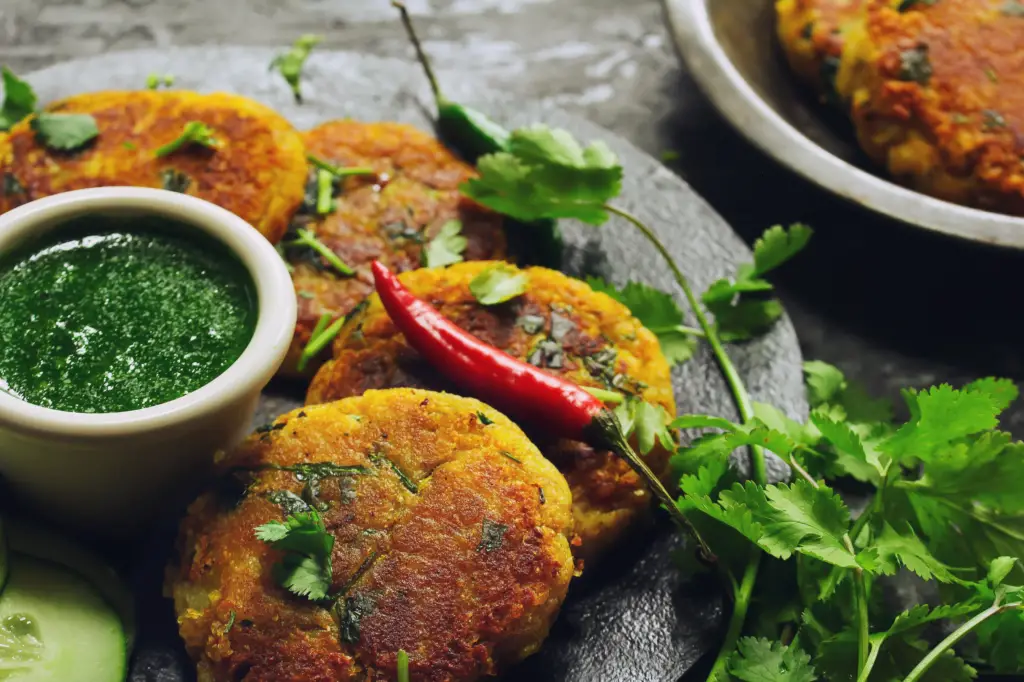
This is a popular Indian street food and snack made from spiced mashed potatoes that are formed into patties and shallow-fried until crispy and golden brown. It’s a versatile dish and can be enjoyed on its own with chutneys or used to make a variety of chaat dishes.
It is beloved for its savory, crispy exterior and soft, flavorful interior.
Indian Cuisine – Crispy Aloo Tikki Ingredients
- 4 medium-sized potatoes, boiled, peeled, and mashed
- Half cup boiled green peas, coarsely mashed (optional)
- Half cup breadcrumbs (you can also use rice flour or cornstarch)
- 1/4 cup finely chopped onions
- 1-2 green chilies, finely chopped (adjust to your spice preference)
- 1-inch piece of ginger, finely grated
- 1 teaspoon red chili powder (adjust to your spice preference)
- One teaspoon garam masala
- 1 teaspoon ground cumin
- Half teaspoon ground coriander
- Half teaspoon amchur (dry mango powder, for a tangy flavor)
- Salt to taste
- Fresh coriander leaves, chopped
- Vegetable oil for frying
Indian Cuisine – Crispy Aloo Tikki Instructions
Boil and Prepare Potatoes
- Boil the potatoes until they are tender. Once boiled, peel the potatoes and mash them while they are still warm. This ensures a smooth and lump-free texture.
Prepare the Spice Mix
- In a small bowl, mix together the red chili powder, garam masala, ground cumin, ground coriander, amchur, and salt.
Prepare the Aloo Tikki Mixture
- In a large mixing bowl, combine the mashed potatoes, coarsely mashed green peas (if using), chopped onions, chopped green chilies, grated ginger, and the spice mix you prepared in the previous step. Also, add the bread crumbs (or rice flour/cornstarch) to help bind the mixture.
- Mix everything well, ensuring that all the ingredients are evenly distributed and the mixture comes together. You should be able to form patties that hold their shape.
Shape the Aloo Tikki
- Divide the mixture into equal portions and shape them into round or oval patties, about 1/2-inch thick. You can make them smaller or larger, depending on your preference.
Heat Oil for Frying
- In a shallow pan, heat vegetable oil over medium-high heat. Make sure the oil is hot enough for frying but not smoking.
Fry the Aloo Tikki
- Carefully slide the potato patties into the hot oil, one or two at a time, depending on the size of your pan. Fry until they turn golden brown on one side.
- Gently flip them over and fry the other side until it’s crispy and golden.
- Remove the fried Aloo Tikki with a slotted spoon and place them on a paper towel-lined plate to remove excess oil.
Serve Hot
- Serve the Aloo Tikki hot with green chutney, tamarind chutney, or yogurt. Garnish with chopped coriander leaves.
Aloo Tikki is a delightful, crispy, and flavorful snack that’s loved by people of all ages in India. You can also use it to create a variety of chaat dishes by topping it with chutneys, yogurt, and other delicious ingredients.
Indian Cuisine – Dal Makhani

This is a beloved and iconic Indian dish that hails from the Punjab region of North India. This rich and creamy lentil dish is a favorite in Indian restaurants worldwide.
It’s traditionally made with black lentils (urad dal) and red kidney beans (rajma), slow-cooked with aromatic spices, and finished with cream and butter.
Dal Makhani is often served with naan or rice and is a staple at festivals and special occasions.
Indian Cuisine – Fal Makhani Ingredients
Cooking the Lentils:
- 1 cup black lentils (urad dal)
- 1/4 cup red kidney beans (rajma)
- 4 cups water
- Half teaspoon salt
the Main Dish:
- 3 tablespoons ghee (clarified butter) or vegetable oil for a vegan option
- 1 large onion, finely chopped
- 2-3 cloves garlic, minced
- 1-inch piece of ginger, minced
- 2-3 green chilies, finely chopped (adjust to your spice preference)
- 2-3 medium-sized tomatoes, finely chopped
- 1 teaspoon cumin seeds
- Half teaspoon turmeric powder
- 1 teaspoon red chili powder (adjust to your spice preference)
- One tablespoon coriander powder
- 1 tablespoon garam masala
- Half cup heavy cream (or use coconut cream for a vegan option)
- 2 tablespoons butter (or use vegan butter)
- Salt to taste
- Fresh cilantro leaves, for garnish
Indian Cuisine – dal makhani Instructions
Preparing the Lentils
- Rinse the black lentils (urad dal) and kidney beans (rajma) under running water until the water runs clear.
- In a large pot, combine the lentils, kidney beans, and 4 cups of water. Add 1/2 teaspoon of salt.
- Bring to a boil, then reduce the heat to low, cover the pot, and simmer for 2-3 hours, or until the lentils and beans are very soft and mushy. You can also use a pressure cooker to save time, which will take about 20-25 minutes.
Prepare the Main Dish
- In a separate large pan, heat ghee or oil over medium heat.
- Add cumin seeds and let them splutter.
- Add the chopped onions and sauté until they turn golden brown, which will take about 5-7 minutes.
- Add minced garlic, ginger, and green chilies, and sauté for another 2-3 minutes until the raw aroma disappears.
- Stir in the chopped tomatoes and cook until they become soft and the oil starts to separate from the mixture.
Spice it Up
- Add turmeric powder, red chili powder, coriander powder, and garam masala to the tomato-onion mixture. Sauté for a couple of minutes, allowing the spices to blend with the other ingredients.
Combine with Cooked Lentils
- Add the cooked lentils and kidney beans to the tomato-onion mixture. Stir well to combine all the ingredients.
Simmer
- Reduce the heat to low and let the dal simmer for about 15-20 minutes. Stir occasionally to prevent it from sticking to the bottom.
Finish with Cream and Butter
- Stir in heavy cream and butter, allowing them to melt and blend into the dal. This is what gives Dal Makhani its creamy richness.
- Adjust the salt to taste.
Garnish and Serve
- Garnish the dal with fresh cilantro leaves and serve hot with naan, rice, or your favorite Indian bread.
Dal Makhani is a delightful, creamy, and indulgent dish that’s sure to please anyone who enjoys Indian cuisine. Adjust the level of spice to your preference and enjoy the richness of this classic dish.
Indian Cuisine – Butter Chicken
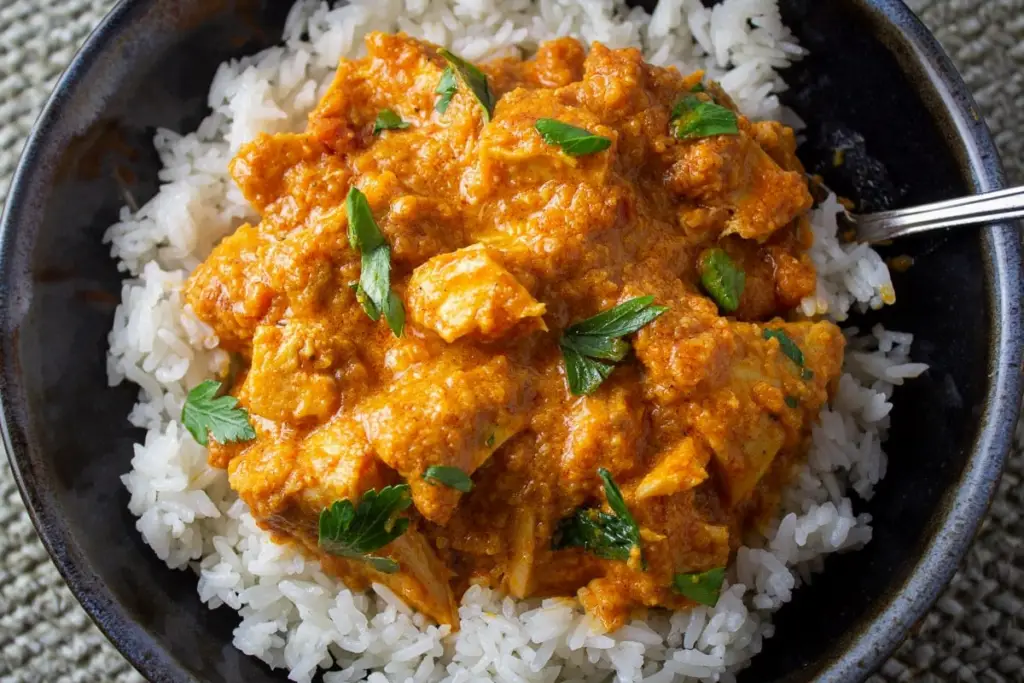
This dish is also known as “Murgh Makhani,” is a beloved Indian dish known for its creamy tomato-based gravy and tender pieces of chicken. It’s a classic North Indian dish with a rich and indulgent flavor. Butter Chicken is typically enjoyed with naan, roti, or rice.
Here’s a recipe for making this dish at home.
Indian Cuisine – Butter Chicken Ingredients
Marinating the Chicken:
- 1.5 pounds (approximately 700g) boneless chicken, cut into bite-sized pieces
- Half cup plain yogurt
- 1 tablespoon ginger-garlic paste (equal parts minced ginger and minced garlic)
- 1 teaspoon red chili powder
- Half teaspoon turmeric powder
- Salt to taste
Gravy:
- 3 tablespoons butter
- 1 tablespoon vegetable oil
- 2-3 cloves
- 2-3 green cardamom pods
- 1-inch piece of cinnamon stick
- One bay leaf
- 1 large onion, finely chopped
- 1-2 green chilies, slit (adjust to your spice preference)
- One tablespoon ginger-garlic paste
- 1 teaspoon red chili powder
- One teaspoon ground coriander
- 1 teaspoon garam masala
- 2 cups tomato puree (made from about 4-5 ripe tomatoes)
- 1 cup heavy cream
- 1 teaspoon honey or sugar (adjust to taste)
- Salt to taste
- Fresh coriander leaves, for garnish
Indian Cuisine – Butter Chicken Instructions
Marinating the Chicken
In a mixing bowl, combine the yogurt, ginger-garlic paste, red chili powder, turmeric powder, and salt. Mix well to form a smooth marinade.
Add the chicken pieces to the marinade and coat them evenly. Cover and refrigerate for at least 30 minutes, but longer marination (4-6 hours or overnight) will enhance the flavor.
Cooking the Chicken
Heat the vegetable oil in a pan over medium heat. Add the marinated chicken pieces and cook until they are cooked through and slightly browned. Set the cooked chicken aside.
Preparing the Gravy
In the same pan, add butter and let it melt over medium heat.
Add cloves, green cardamom pods, cinnamon stick, and bay leaf to the melted butter. Sauté for a minute or so to release their flavors.
Add the finely chopped onions and cook until they become soft and translucent.
Stir in the ginger-garlic paste and slit green chilies. Cook for a couple of minutes until the raw aroma disappears.
Add red chili powder, ground coriander, and garam masala. Mix well and cook for another couple of minutes.
Stir in the tomato puree and cook the mixture until the oil starts to separate from the tomatoes. This will take about 10-15 minutes.
Return the cooked chicken to the pan and combine it with the tomato gravy. Simmer for a few minutes to allow the flavors to meld.
Stir in the heavy cream and honey (or sugar) to give the dish its characteristic creamy and slightly sweet flavor.
Season with salt to taste and cook for a few more minutes until the chicken is heated through and the gravy reaches your desired consistency.
Serve
Garnish with fresh coriander leaves and serve hot with naan, roti, or steamed rice.
Butter Chicken is a flavorful and creamy dish that’s a favorite in Indian cuisine. The rich and creamy tomato-based gravy complements the tender chicken, making it a delightful treat for your taste buds. Enjoy!
Indian Cuisine – Naan

This is a popular Indian flatbread that is widely enjoyed in Indian cuisine and around the world. It’s typically made using all-purpose flour, yogurt, and a leavening agent, such as yeast or baking powder.
Naan is traditionally cooked in a tandoor (a clay oven), which gives it a slightly charred and smoky flavor. However, you can easily prepare delicious naan at home using a stovetop skillet or oven.
Indian Cuisine – Naan Ingredients
- 2 cups all-purpose flour (plus extra for rolling)
- Half cup plain yogurt
- 1 teaspoon sugar
- 1 teaspoon active dry yeast
- Half teaspoon salt
- Half teaspoon baking powder
- 2 tablespoons vegetable oil or melted ghee
- Half cup warm water (approximately, may need more or less)
Garlic Naan (optional):
- 3-4 cloves of garlic, minced
- 2-3 tablespoons fresh coriander leaves, chopped
Butter Naan (optional):
- Melted butter for brushing
Indian Cuisine – Naan Instructions
Preparing the Yeast Mixture
In a small bowl, combine the warm water, sugar, and active dry yeast. Stir gently and let it sit for about 10 minutes, or until it becomes frothy.
Making the Dough
In a large mixing bowl, combine the all-purpose flour, salt, and baking powder. Mix well.
Create a well in the center of the dry ingredients and add the frothy yeast mixture, yogurt, and vegetable oil.
Begin to mix the ingredients together with a spoon. Then, use your hands to knead the mixture into a soft and smooth dough. If the dough is too dry, you can add a little more warm water. If it’s too sticky, add a bit more flour.
Once the dough is smooth, cover it with a damp cloth or plastic wrap. Allow it to rest in a warm place for 2-3 hours, or until it has doubled in size. This resting time helps the dough ferment and develop flavor.
Shaping and Cooking the Naan
Preheat your oven to the highest setting (usually around 500°F or 260°C) with a pizza stone or an inverted oven-proof skillet inside, if available.
Divide the dough into 6-8 equal portions and roll them into balls.
If you want to make Garlic Naan, flatten a ball of dough and sprinkle minced garlic and chopped coriander leaves on one side. Then fold the dough over and roll it out into a thin oval or teardrop shape.
If you prefer regular Naan, simply roll out each ball of dough into a thin oval or teardrop shape without the garlic and coriander.
Cooking on the Stovetop
Place a non-stick skillet or griddle over medium-high heat. Once hot, place a rolled-out naan on the skillet and cook until bubbles start to form and it puffs up (this should take about 2-3 minutes).
Flip the naan and cook the other side for an additional 1-2 minutes until it’s slightly browned and cooked through.
Cooking in the Oven
If using the oven method, carefully remove the hot pizza stone or skillet. Place a rolled-out naan on it and return it to the oven.
Bake for 2-3 minutes until the naan puffs up and gets slightly browned.
Serving
If you like, brush the cooked naan with melted butter for added flavor.
Serve your freshly baked naan hot with your favorite curries or dipping sauces.
Naan is a versatile and delicious Indian bread that complements a wide range of dishes. Whether you make it plain, garlic-flavored, or buttered, it’s sure to be a hit at your next Indian meal.
Indian Cuisine – Dosas

This is a popular South Indian dish that is essentially a thin, crispy, and savory pancake made from a fermented batter of rice and urad dal (black gram). Dosas are a staple breakfast item in South India and are also enjoyed across the country and worldwide.
They are typically served with various chutneys and sambar, a South Indian lentil-based stew. Dosas can be made in various sizes and filled with a variety of ingredients to create different variations.
Indian Cuisine – Dosas Ingredients
Dosa Batter:
- 1 cup long-grain rice (you can use regular white rice or parboiled rice)
- Half cup urad dal (black gram lentils)
- Half teaspoon fenugreek seeds (optional, for better fermentation)
- Water for soaking
Dosas:
- Vegetable oil or ghee (clarified butter) for greasing the pan
Indian Cuisine – Dosas Instructions
Preparing the Dosa Batter
Wash and Soak the Rice and Lentils:
Rinse the rice and urad dal separately under running water until the water runs clear.
In a large bowl, combine the rice, urad dal, and fenugreek seeds (if using). Add enough water to cover them, and soak them for at least 4-6 hours, or overnight. The longer the soaking time, the better the fermentation.
Grind the Batter
Drain the soaked rice and urad dal. Add them to a blender or wet grinder, and grind them into a smooth, slightly coarse batter. You may need to add some water during the grinding process to achieve the right consistency. The batter should be thick but still flowable.
Ferment the Batter
Transfer the batter to a large mixing bowl and cover it. Allow it to ferment in a warm place for about 6-8 hours or overnight. The batter should double in volume and become slightly sour.
Making Dosas
Heat the Griddle or Tava
Place a non-stick griddle or tava over medium-high heat and allow it to get hot.
Grease the Griddle
Spread a little vegetable oil or ghee on the surface of the griddle to prevent the dosas from sticking.
Pour and Spread the Batter
Take a ladleful of dosa batter and pour it onto the hot griddle. Use the back of the ladle to gently spread the batter into a thin, even circle. The thinner the dosa, the crispier it will be.
Cook the Dosa
Drizzle a little oil or ghee around the edges of the dosa and let it cook. It will start to brown from the bottom.
Flip the Dosa
Once the dosa turns golden brown and starts to crisp up, flip it to the other side. Allow it to cook for a minute or two.
Remove and Serve
Remove the dosa from the griddle and serve hot with chutney and sambar. You can fold it in half or roll it into a cylinder before serving.
Variations:
- Masala Dosa: Add a spicy potato filling inside the dosa before folding or rolling it.
- Onion Dosa: Sprinkle chopped onions on top of the dosa while it’s cooking.
- Cheese Dosa: Sprinkle grated cheese on the dosa before folding or rolling.
- Paneer Dosa: Add a paneer (Indian cottage cheese) filling inside the dosa.
Dosas are a delightful South Indian breakfast or snack item enjoyed for their crispy texture and versatility. They pair well with a variety of chutneys and sambar.
Indian Cuisine – Sambar
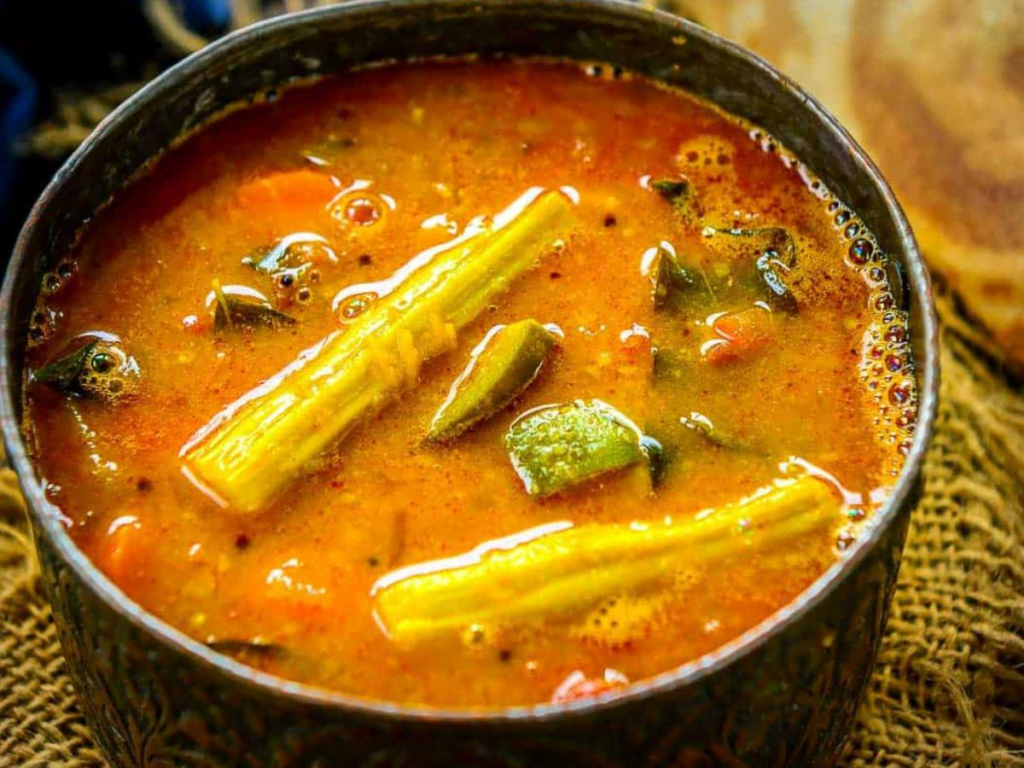
History and Background of Sambar
This is a quintessential dish in South Indian cuisine, with a history that is as flavorful as the dish itself. It is believed that the origin of sambar dates back to the 17th century in the kitchens of the Thanjavur Maratha ruler Shahuji.
He was trying to make a dish called amti and experimented with pigeon peas instead of mung beans, and tamarind pulp for kokum. The court named it sambar after Sambhaji, the second emperor of the Maratha Empire.
Over time, sambar became a staple in South Indian households, with each region adding its own twist to the recipe. It is a flavorful lentil-based vegetable stew or chowder, made with tamarind broth, originating from Tamil Nadu, and is reflective of the region’s agrarian roots and the abundance of local produce.
Detailed Bullet Point List of Ingredients for Sambar
Sambar
- 1 cup toor dal (split pigeon peas)
- 2 tablespoons tamarind paste
- 1 to 2 tablespoons sambar powder (as per taste)
- Half teaspoon turmeric powder
- Salt to taste
- 2 tablespoons ghee or oil
- 1 teaspoon mustard seeds
- Half teaspoon asafoetida (hing)
- 10 to 12 curry leaves
- 1 to 2 dry red chilies
- Half cup chopped onions or shallots
- One to 2 green chilies, slit
- 1 medium tomato, chopped
- 1 to 1.5 cups of mixed vegetables (such as okra, carrot, radish, pumpkin, eggplant, and drumstick)
- 1/4 cup chopped coriander leaves
Recipe for Indian Sambar
Cook the Lentils
- Rinse the toor dal thoroughly and add it to a pressure cooker with 2.5 cups of water, turmeric powder, and a drop of oil.
- Cook for about 3-4 whistles or until the dal is soft and mushy. Once the pressure releases, mash the dal and set aside.
Prepare the Tamarind Juice
- Soak the tamarind paste in 1 cup of warm water for 15 minutes. Squeeze the pulp to extract the juice and discard the solids.
Cook the Vegetables
- In a pot, add the mixed vegetables, tamarind juice, sambar powder, salt, and enough water to cover the vegetables.
- Bring to a boil and simmer until the vegetables are tender.
Combine Dal and Vegetables
- Add the cooked dal to the pot with vegetables and bring to a simmer. Adjust the consistency by adding water if required.
Tempering
- In a small pan, heat ghee or oil. Add mustard seeds and let them pop.
- Add asafoetida, dry red chilies, curry leaves, and chopped onions or shallots. Sauté until the onions are golden brown.
- Add the slit green chilies and chopped tomato. Cook until the tomatoes are soft.
Final Touch
- Add the tempering to the simmering sambar. Mix well and simmer for another 5 minutes.
- Garnish with chopped coriander leaves.
Serve
- Serve hot with steamed rice, idli, dosa, or vada.
Sambar is a versatile and nutritious dish that embodies the essence of South Indian cuisine with its aromatic spices, tangy tamarind, and a medley of vegetables. It is a staple that is both comforting and satisfying.
Conclusion
Indian cuisine is an exotic adventure for the senses. As we’ve explored in this article, it’s a melting pot of diverse regional flavors, cooking techniques, and spices. From aromatic curries to rich vegetarian dishes, there’s something to satisfy every palate.
By acquainting ourselves with traditional Indian dishes, cooking techniques, and spices, we can bring this flavorful cuisine into our own kitchens. Impress your guests with tantalizing Indian-inspired fusion creations or indulge in comforting, authentic dishes reminiscent of India’s vibrant streets.
So, whether you’re a seasoned chef or a novice home cook, embrace the magic of Indian cuisine and recipes. Savor the spice, explore the flavors, and indulge in the culinary journey of a lifetime.
FAQ’s
What is Indian cuisine known for?
Indian cuisine is known for its rich flavors, diverse spices, and vibrant dishes. It offers a wide range of vegetarian and non-vegetarian options, with each region having its own unique specialties.
What are some traditional Indian dishes?
Some traditional Indian dishes include biryani, curry, samosas, dosas, butter chicken, paneer tikka, and dal makhani.
What are some popular Indian spices?
Popular Indian spices include turmeric, cumin, coriander, cardamom, cinnamon, cloves, and red chili powder.
Are there vegetarian options in Indian cuisine?
Yes, Indian cuisine offers a wide variety of vegetarian options. Lentils, vegetables, and dairy products like paneer are commonly used in vegetarian dishes.
What is Indian street food like?
Indian street food is a delightful experience, offering a variety of savory and sweet snacks. Some popular street food items include pani puri, pav bhaji, vada pav, and masala dosa.
How can I make authentic Indian curry?
To make authentic Indian curry, you’ll need a blend of spices, onion, garlic, ginger, and tomatoes. The choice of protein or vegetables can be added along with yogurt or coconut milk for a creamy texture.
What are some regional specialties in Indian cuisine?
Each region in India has its own specialties. For example, Punjab is known for its butter chicken and tandoori dishes, while South India is famous for dosas and idlis.
How has Indian cuisine influenced global cuisine?
Indian cuisine has influenced global cuisine through fusion dishes that blend Indian flavors with international cuisines. Examples include butter chicken pizza, tikka tacos, and Indo-Chinese noodles.
Can I recreate Indian cooking techniques at home?
Yes, many Indian cooking techniques can be recreated at home. These include tempering spices, slow cooking, and using a variety of cooking vessels like pressure cookers and tandoors.
What can I expect from this culinary journey through Indian cuisine?
This culinary journey through Indian cuisine will introduce you to the rich flavors, spices, and traditional techniques of Indian cooking. You’ll gain a deeper understanding of Indian cuisine and learn how to recreate authentic dishes in your own kitchen.
Date Last Edited

